Piedistalli
2025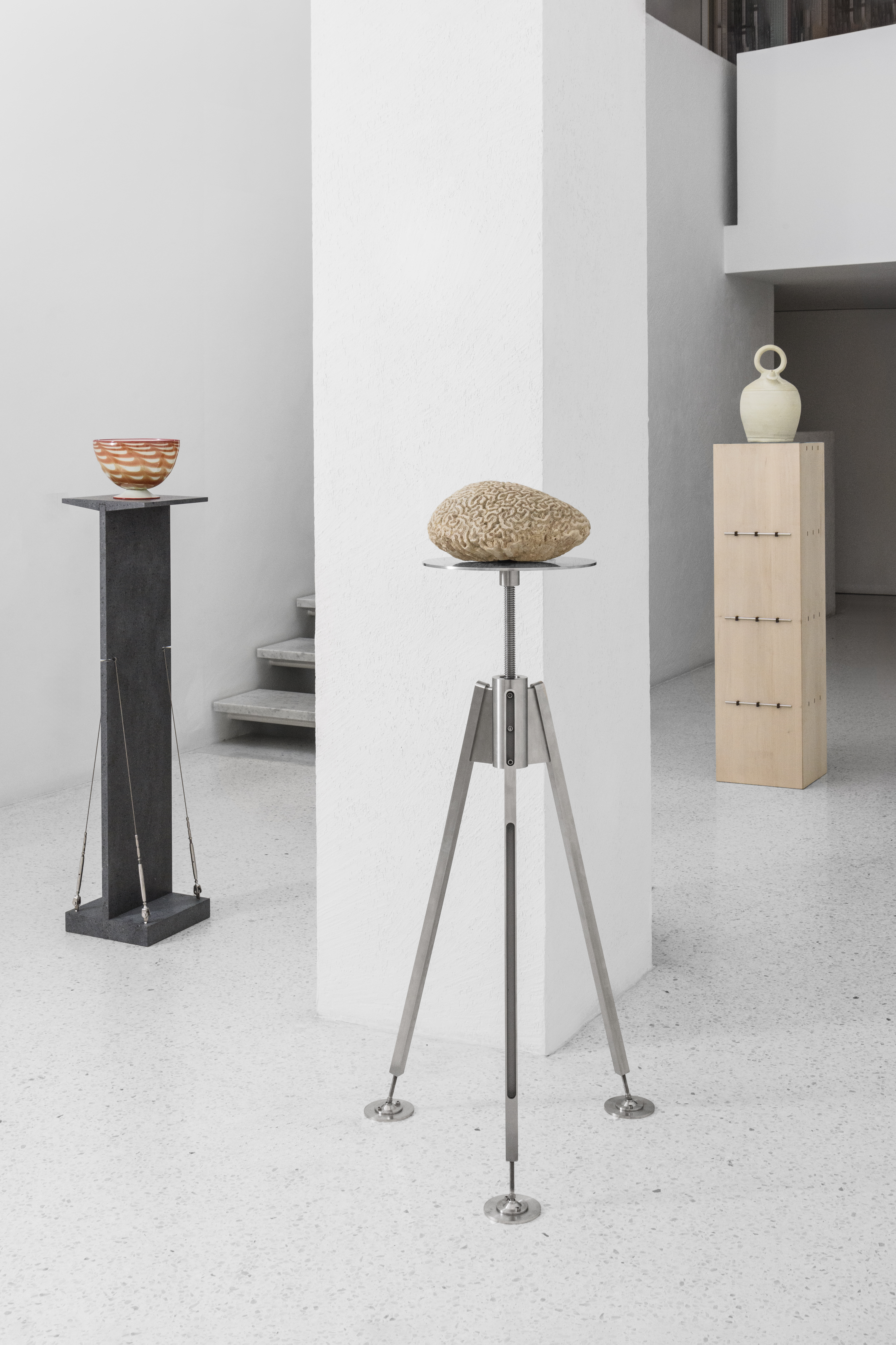
Client: Galleria Giustini/Stagetti
Piedistalli is a collection sponsored by Galleria Giustini/Stagetti.
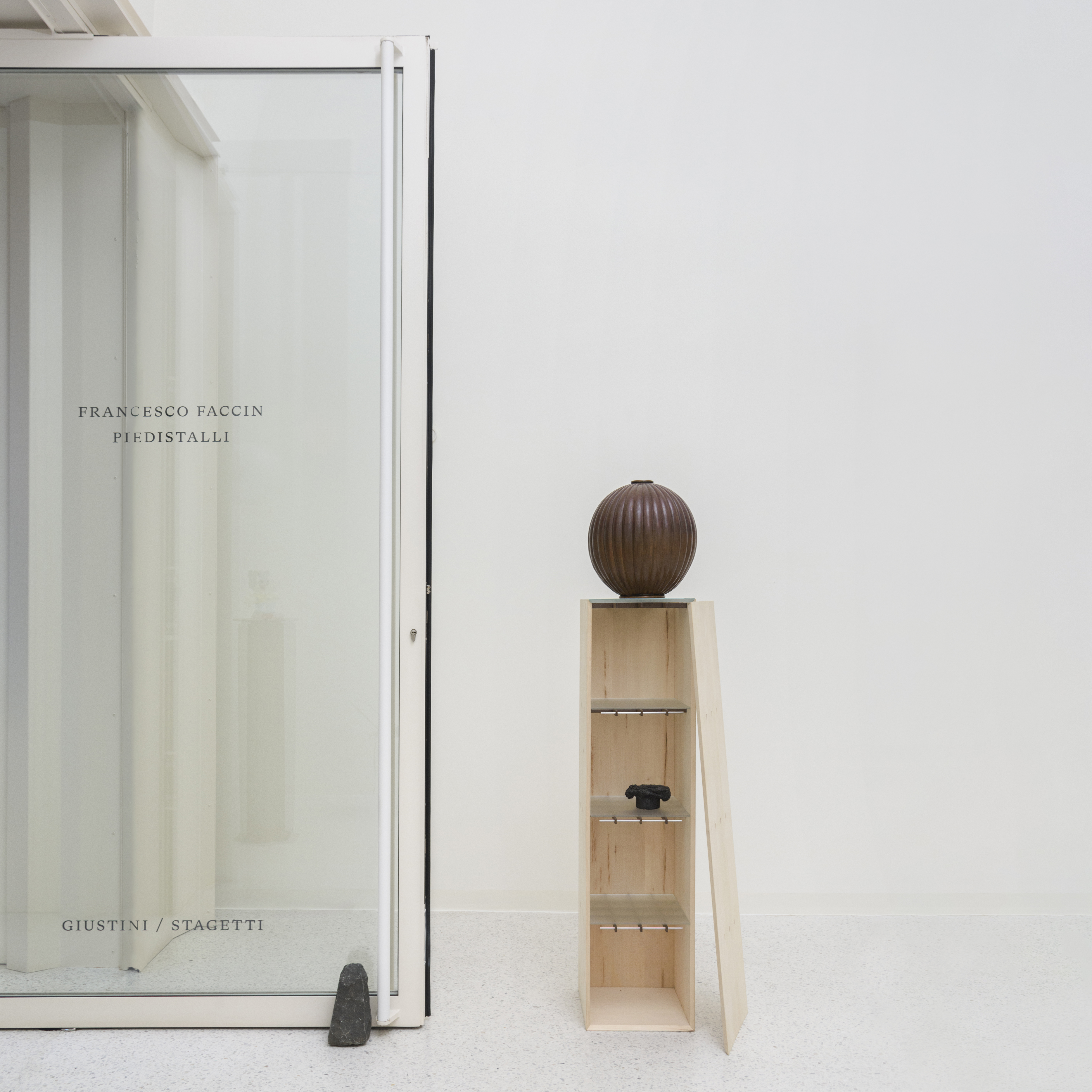
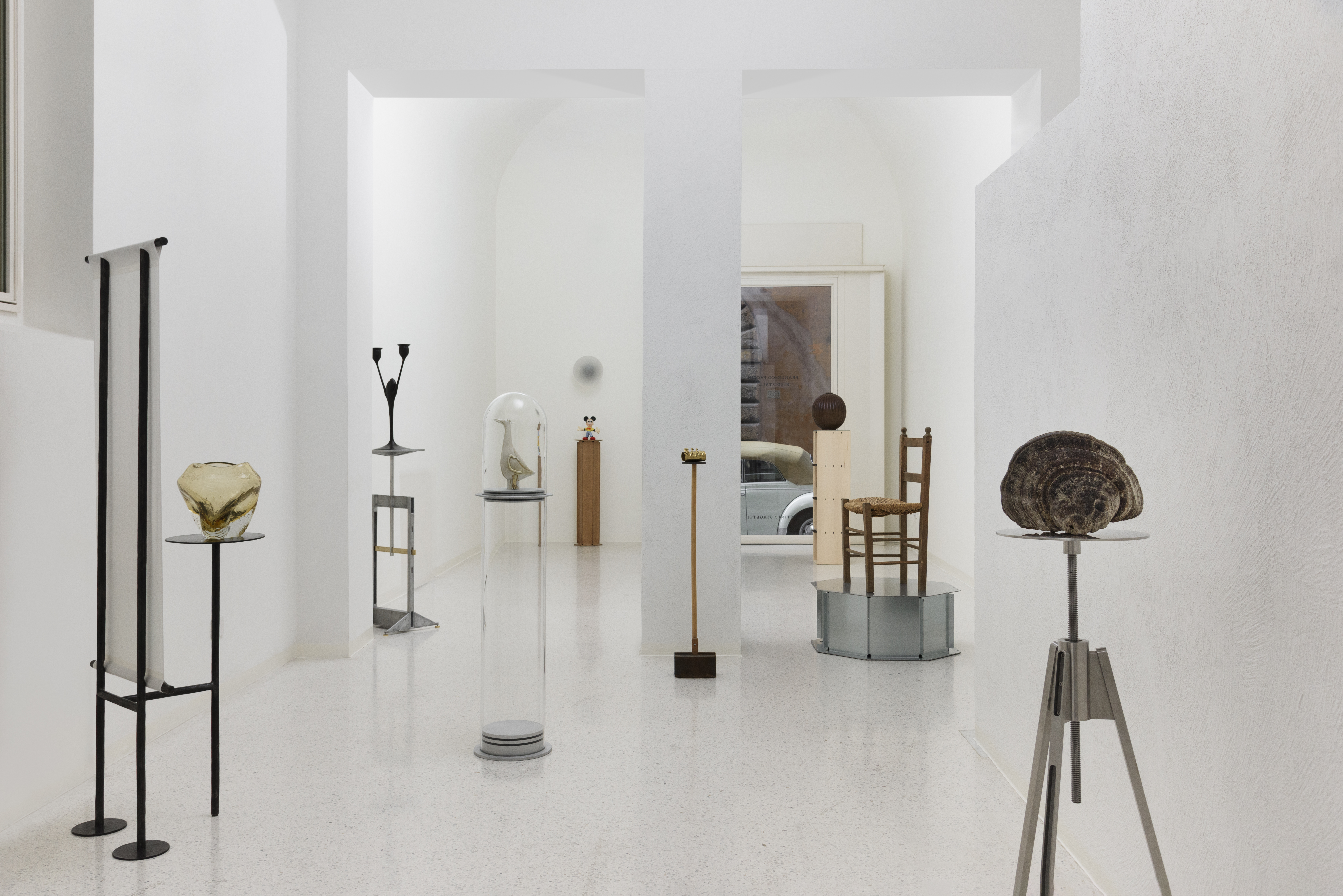
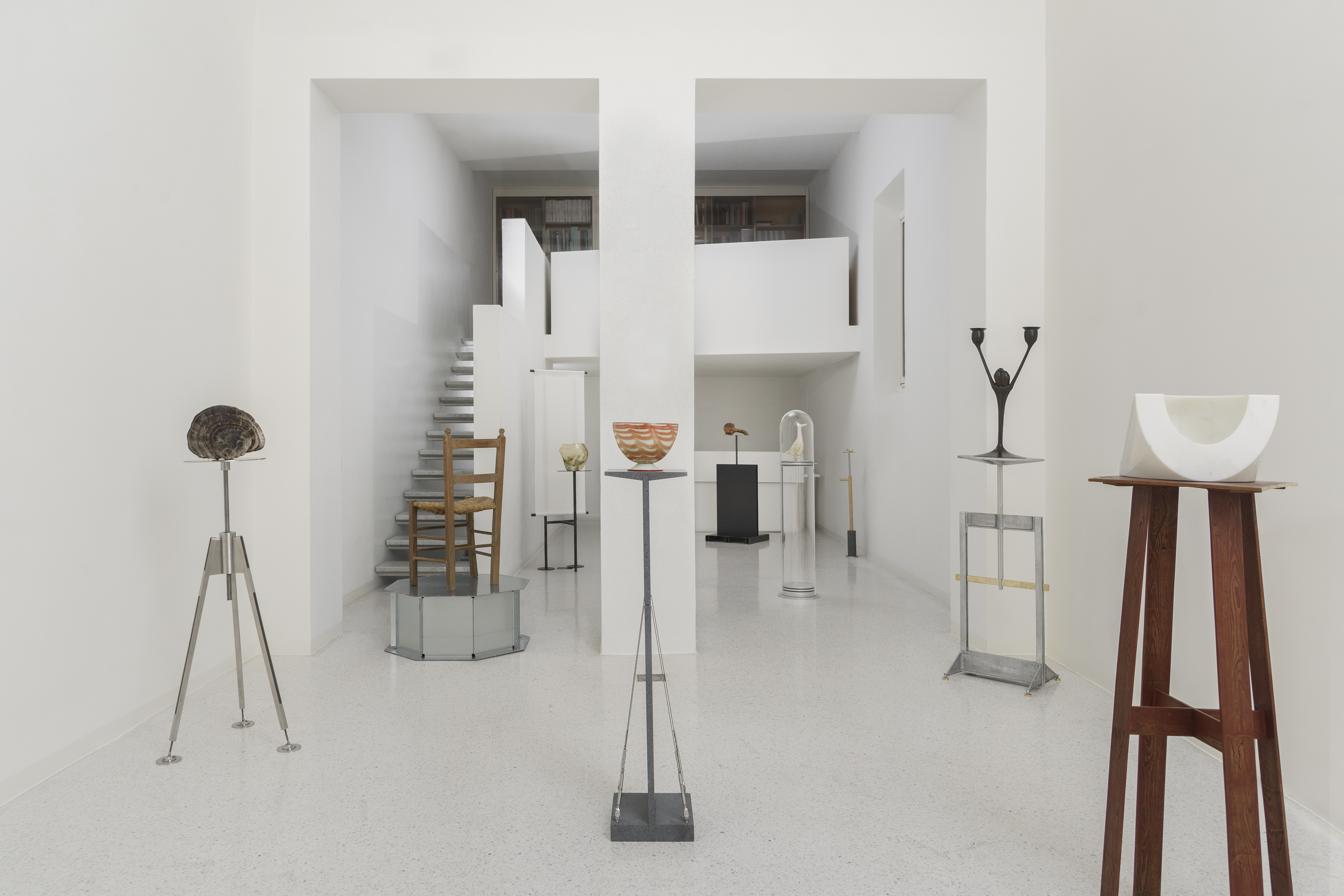
Photos of the exhibition at Galleria Giustini/Stagetti in Rome
The collection aim to stimulate a poetic and radical reflection on the role of the pedestal, intended not merely as a base but as a threshold, a presence, a catalyst that actively shapes the viewer’s gaze.
The collection was lauched with a Solo Exhibition at Galleria Giustini/Stagetti in Rome.
The exhibition has brought a series of mostly unseen works, with the aim of questioning the traditional relationship between the artwork, the pedestal, and the viewer.
The collection aim to stimulate a poetic and radical reflection on the role of the pedestal, intended not merely as a base but as a threshold, a presence, a catalyst that actively shapes the viewer’s gaze.
The collection was lauched with a Solo Exhibition at Galleria Giustini/Stagetti in Rome.
The exhibition has brought a series of mostly unseen works, with the aim of questioning the traditional relationship between the artwork, the pedestal, and the viewer.
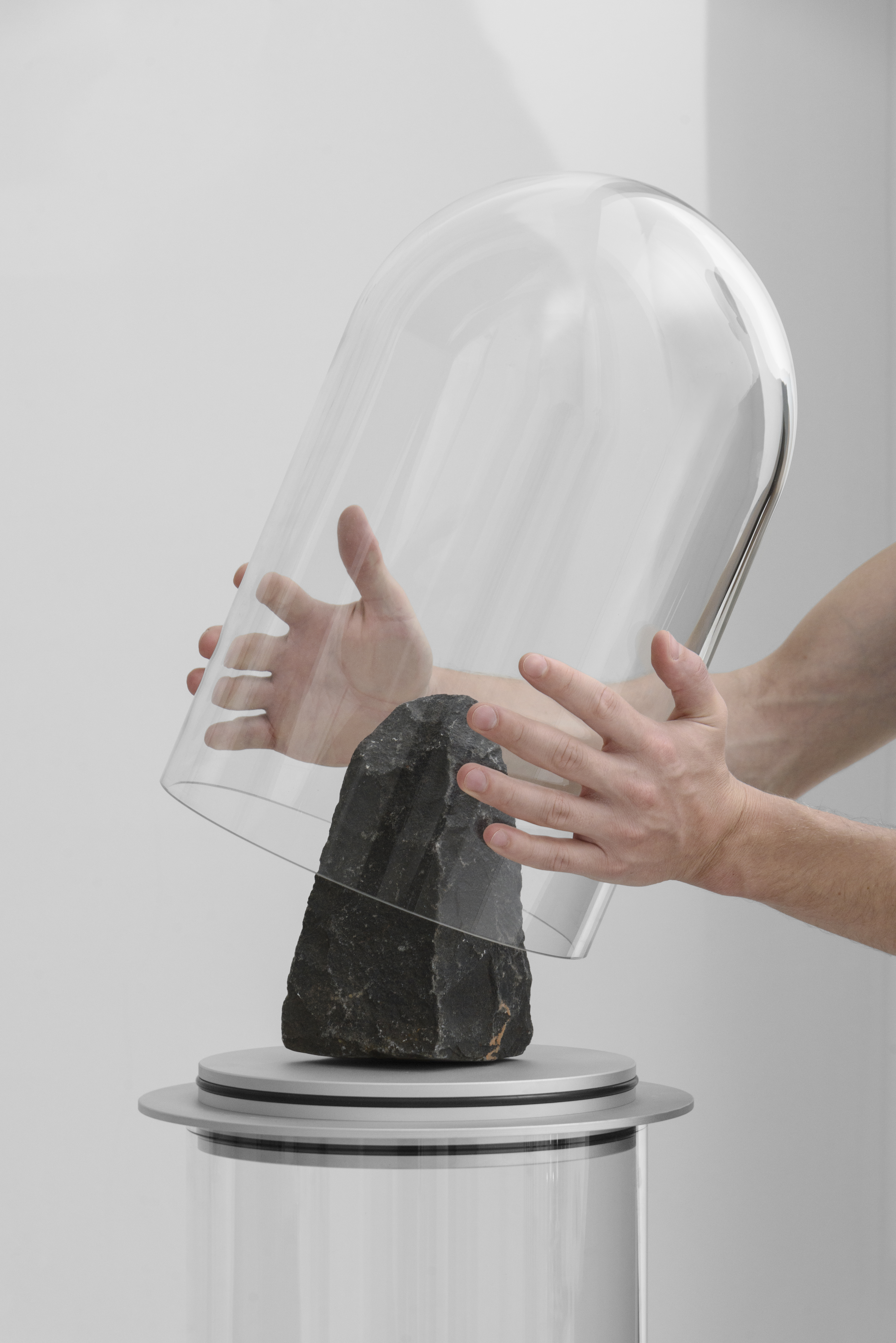
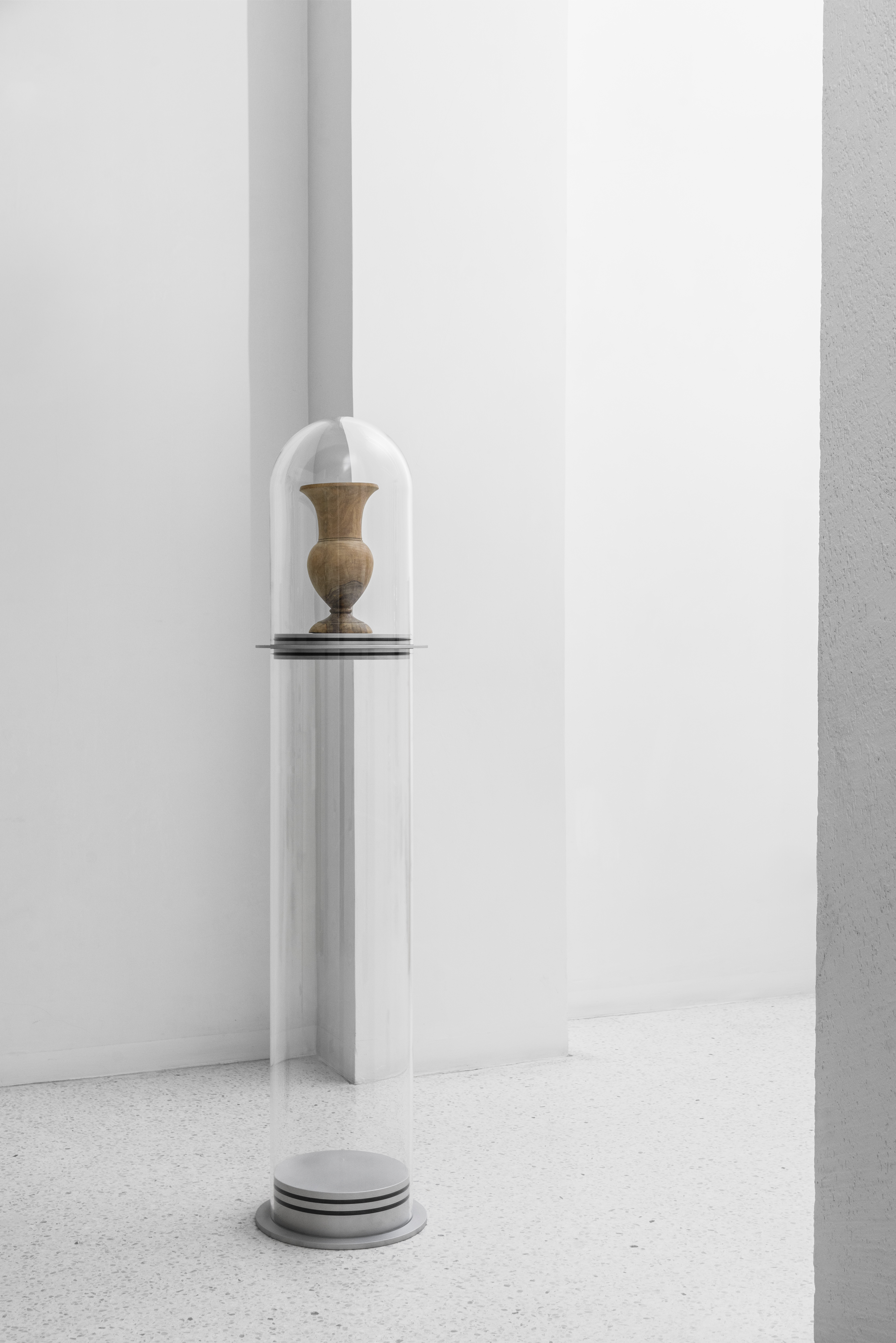
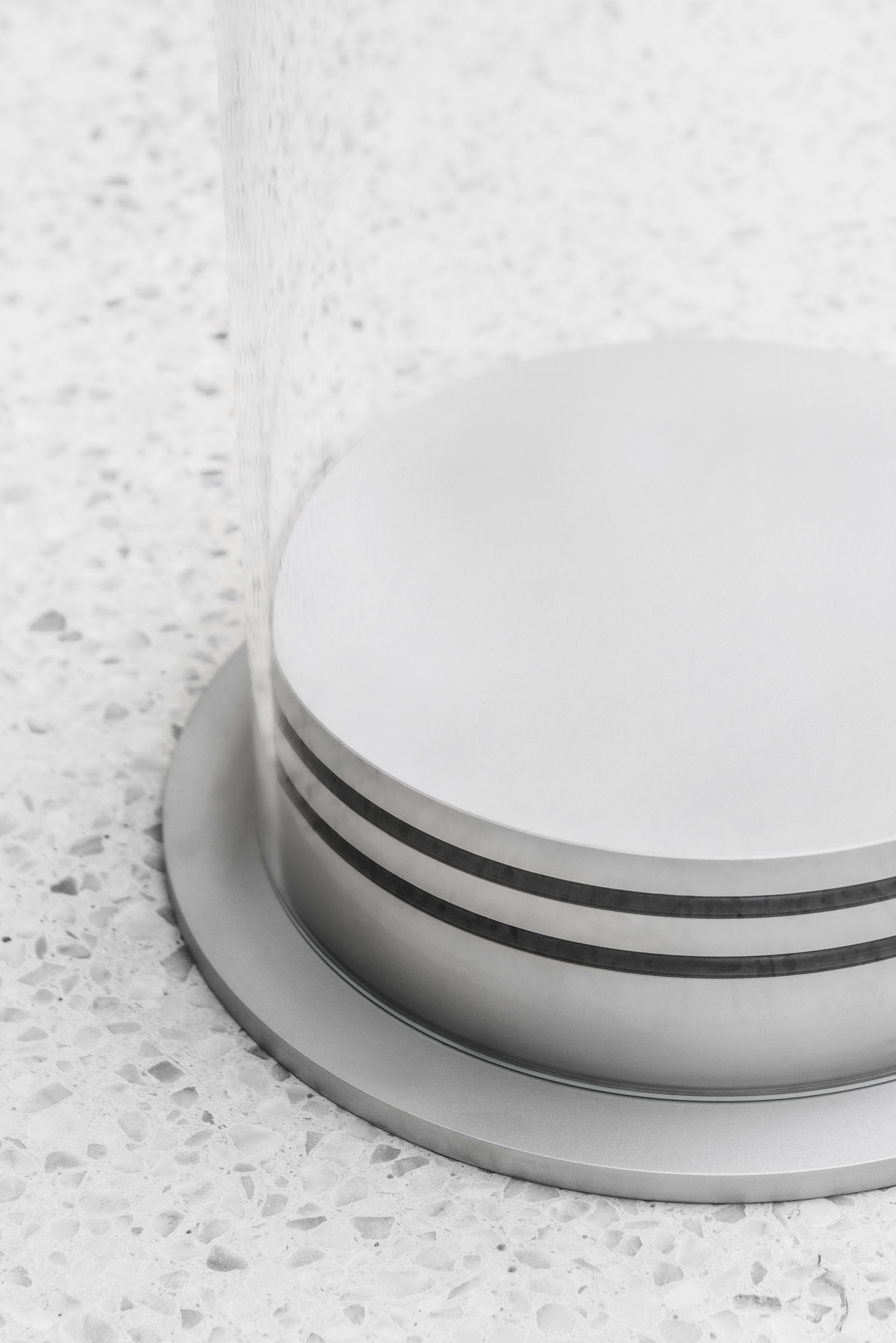
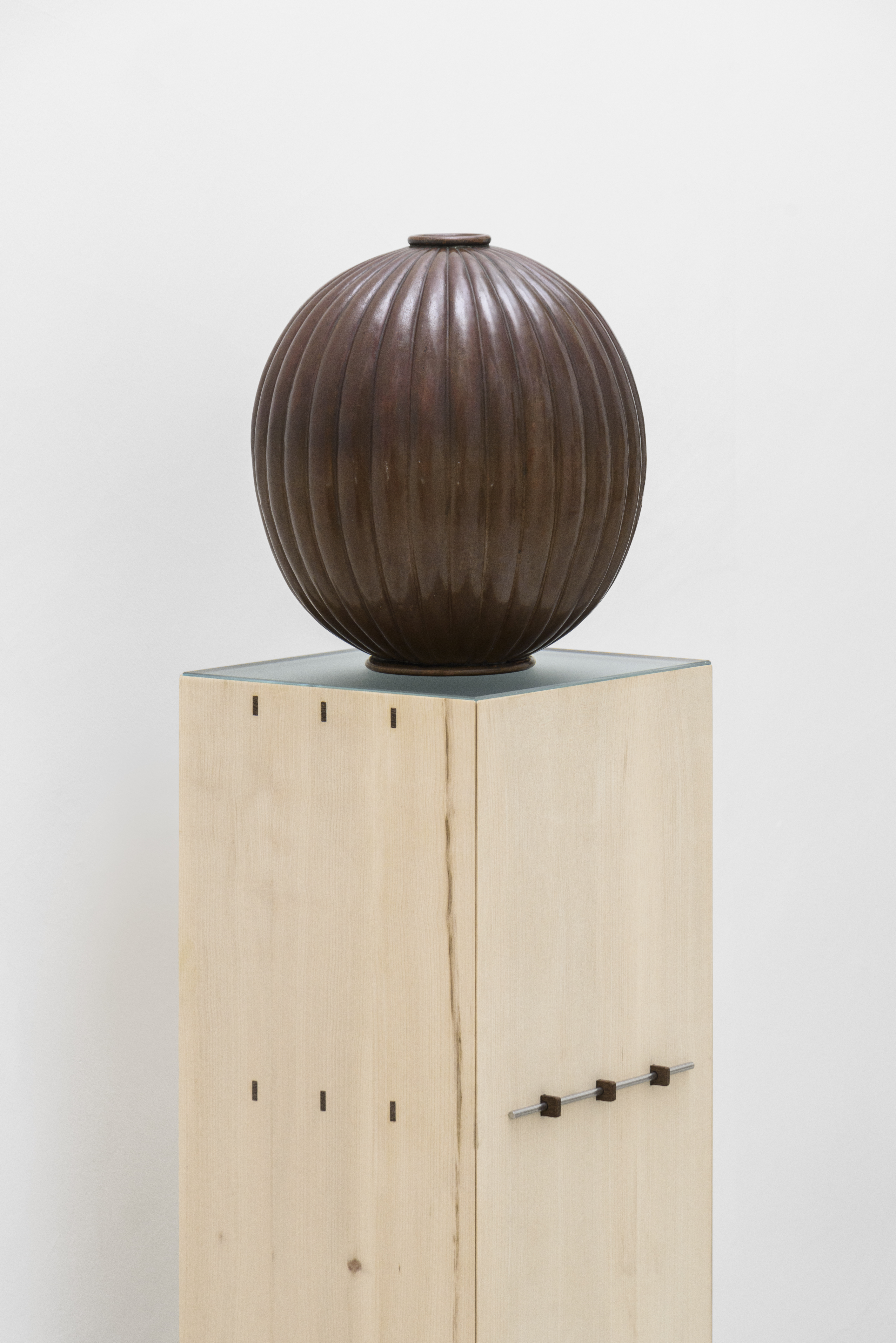
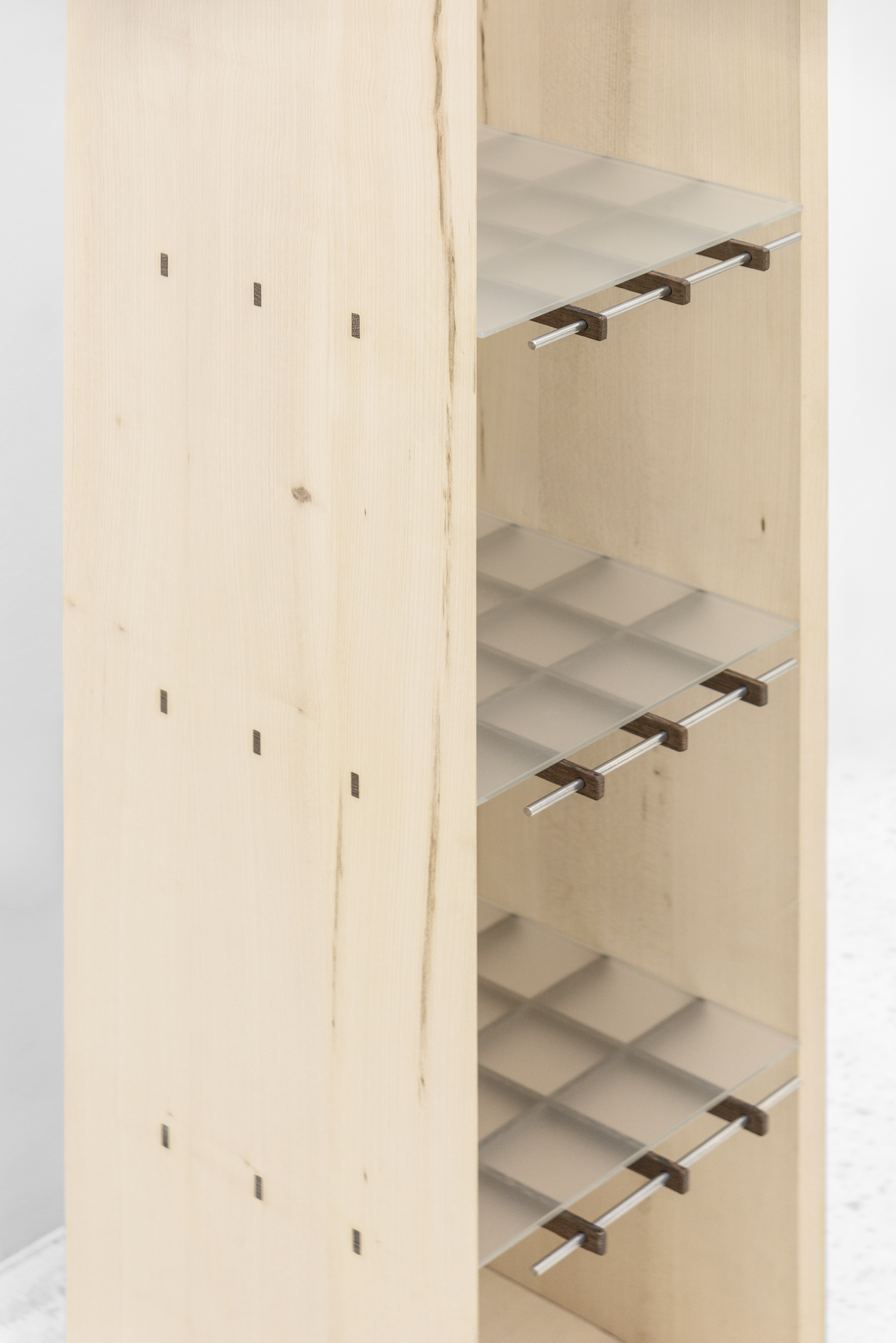
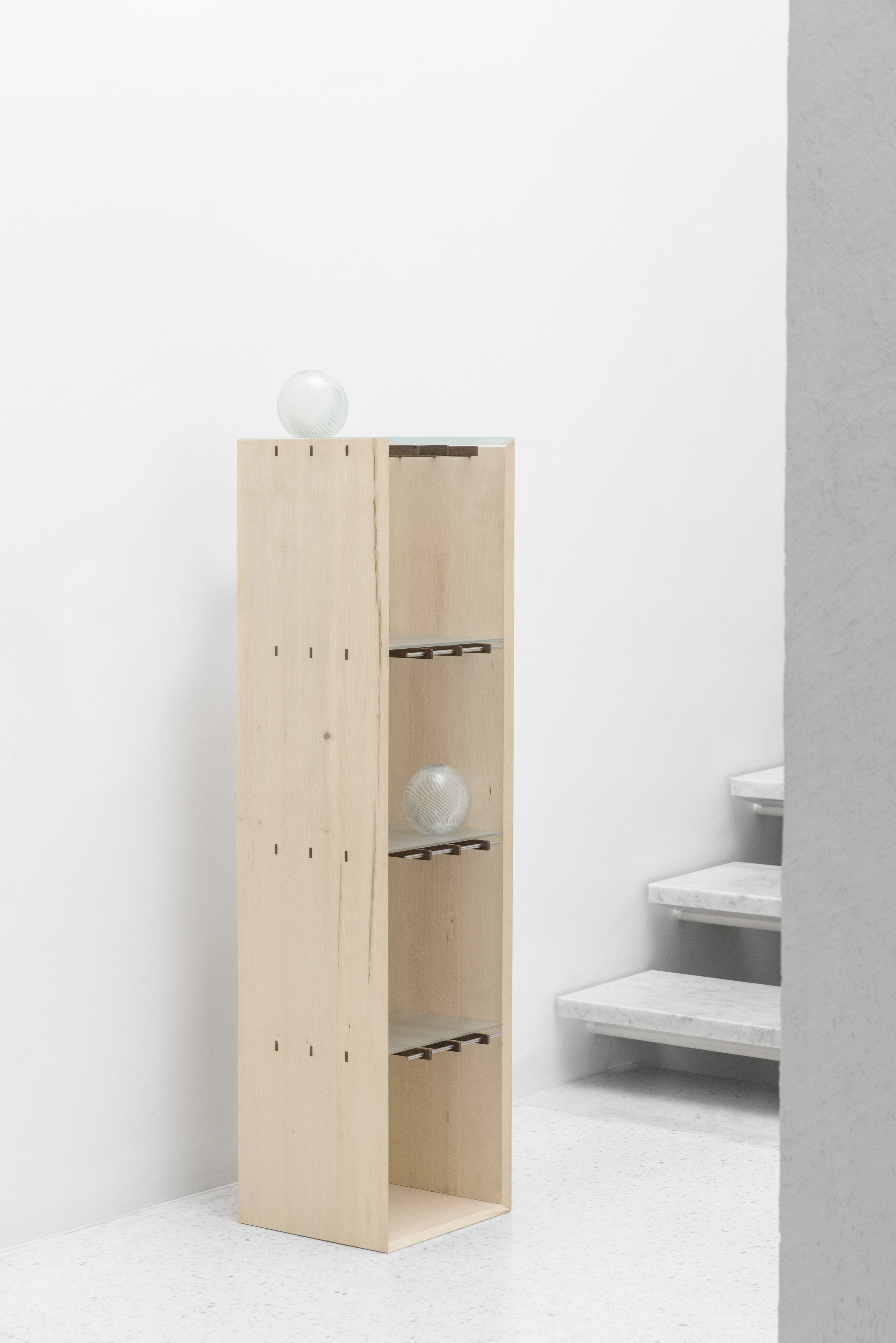
Throughout history, the pedestal has played a fundamental -yet often overlooked- role in the display of art. More than a physical support, it is a cultural and symbolic device that helps define the meaning of the object it holds, as well as its spatial and perceptual relationship to the viewer.
Over time, the pedestal has taken on various meanings.
In this project, it is examined not only as a practical tool, but as a protagonist in the dialogue between artwork and space. Since antiquity, pedestals have served to elevate statues above the ground, imbuing them with a sense of sacredness, whether in public squares, temples, or museums: what is placed on a pedestal is deemed worthy of attention, contemplation, and reverence.
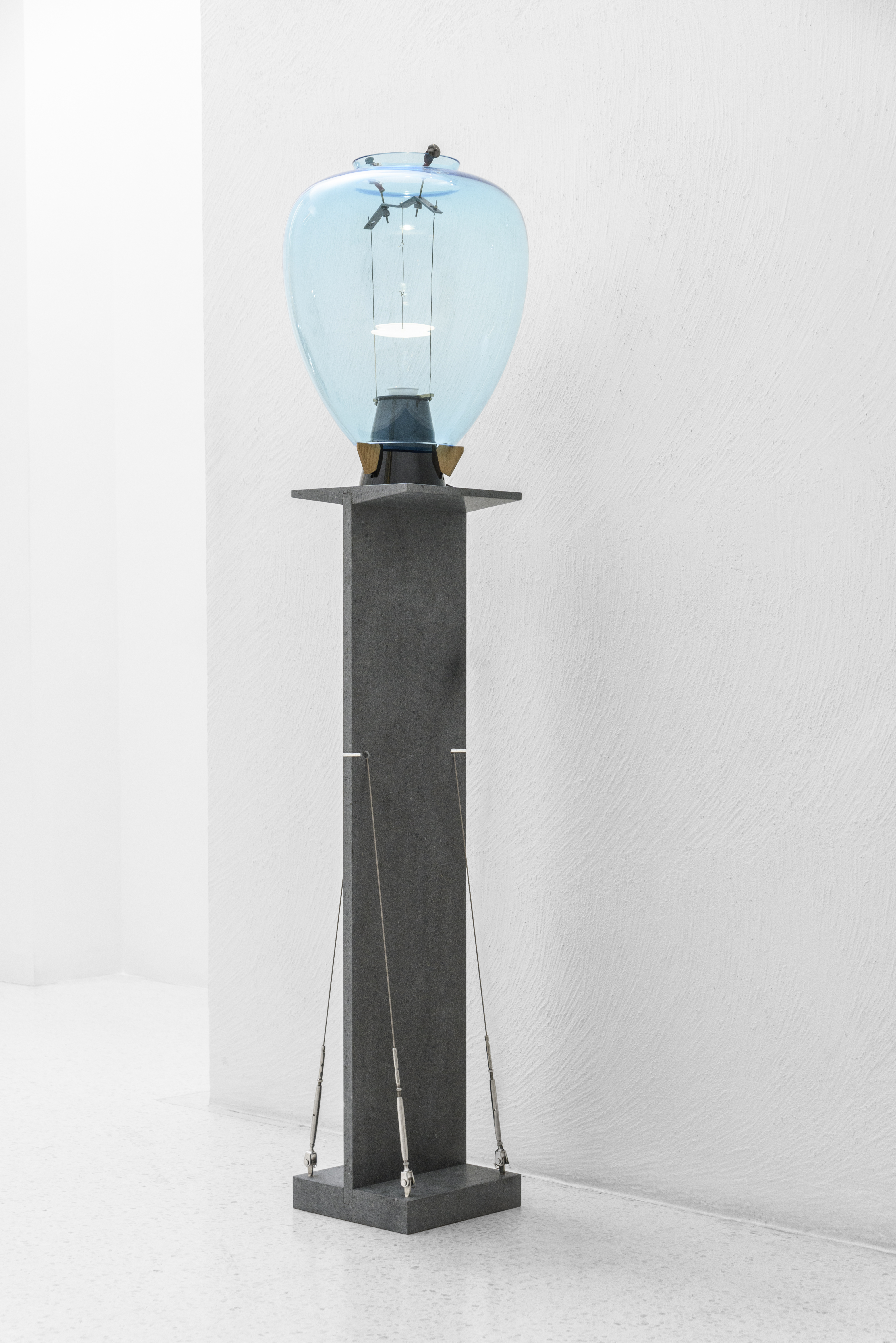
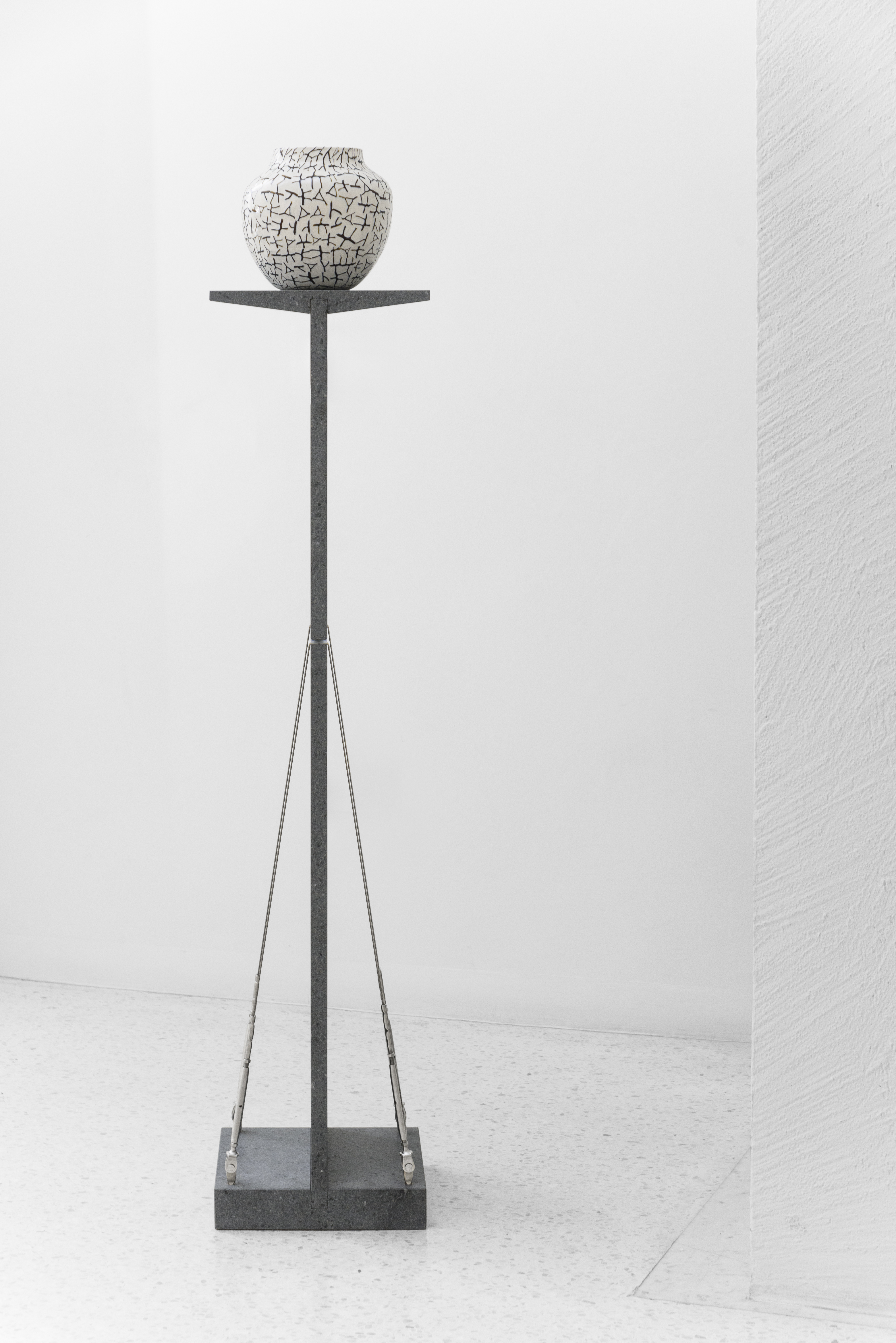
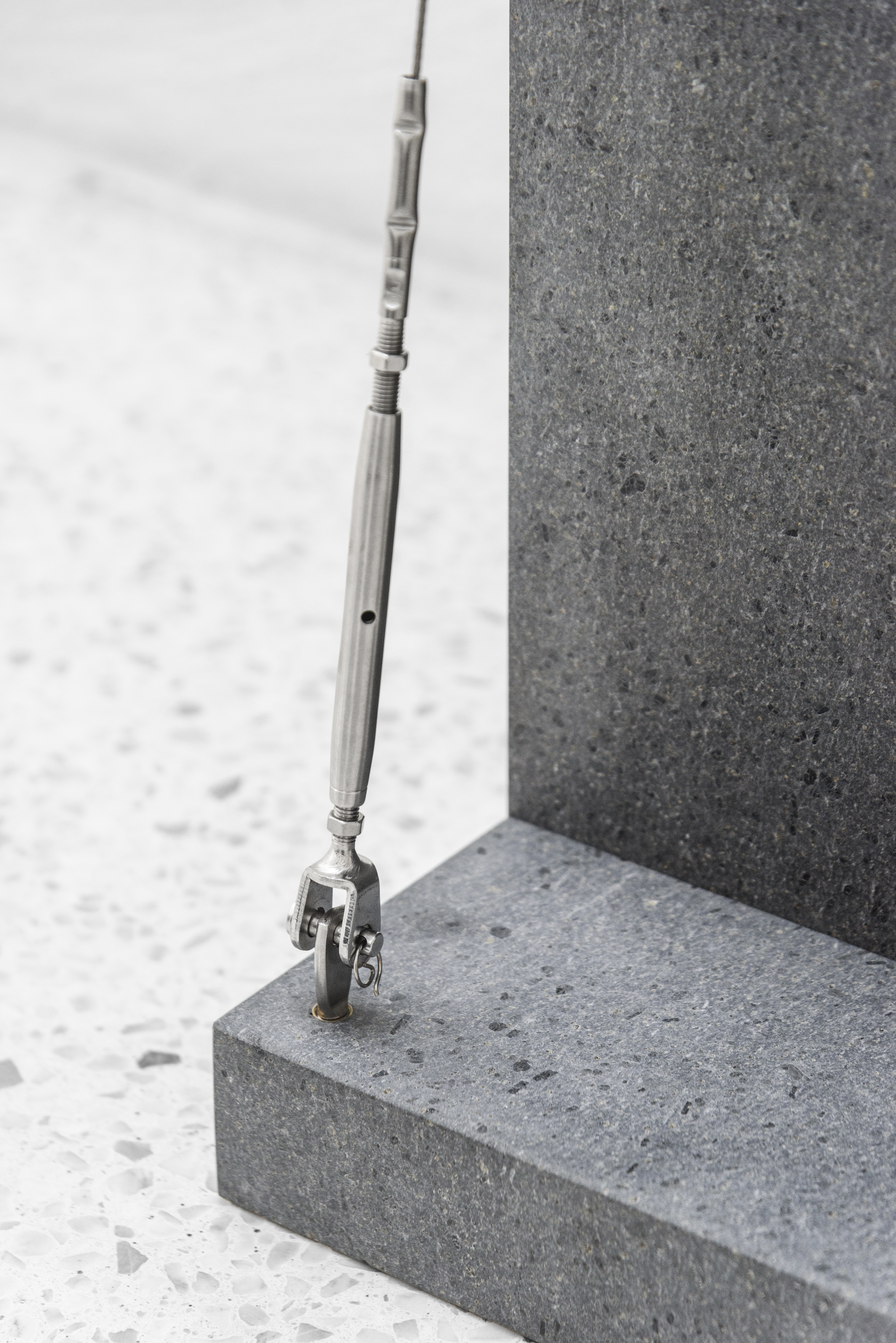
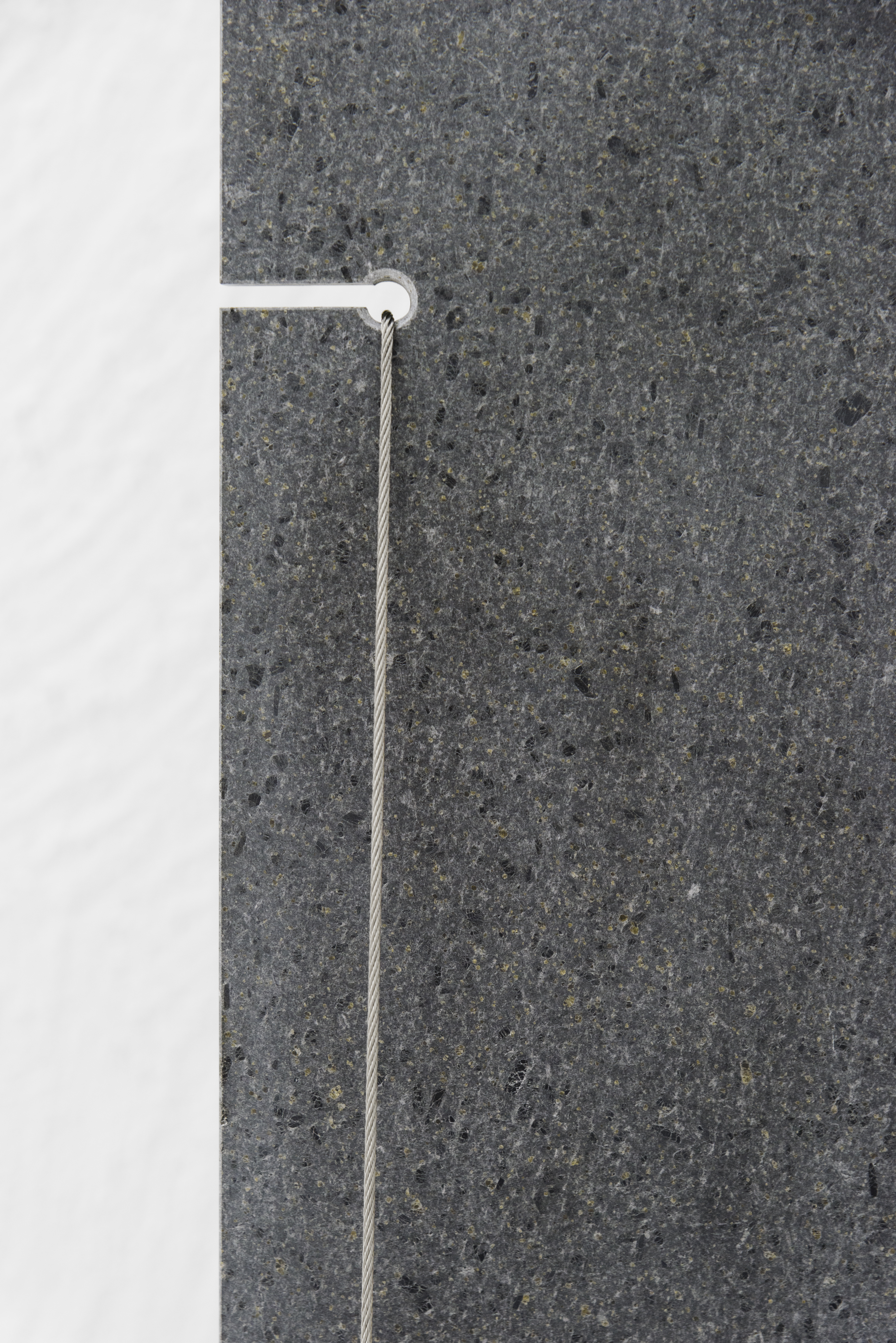
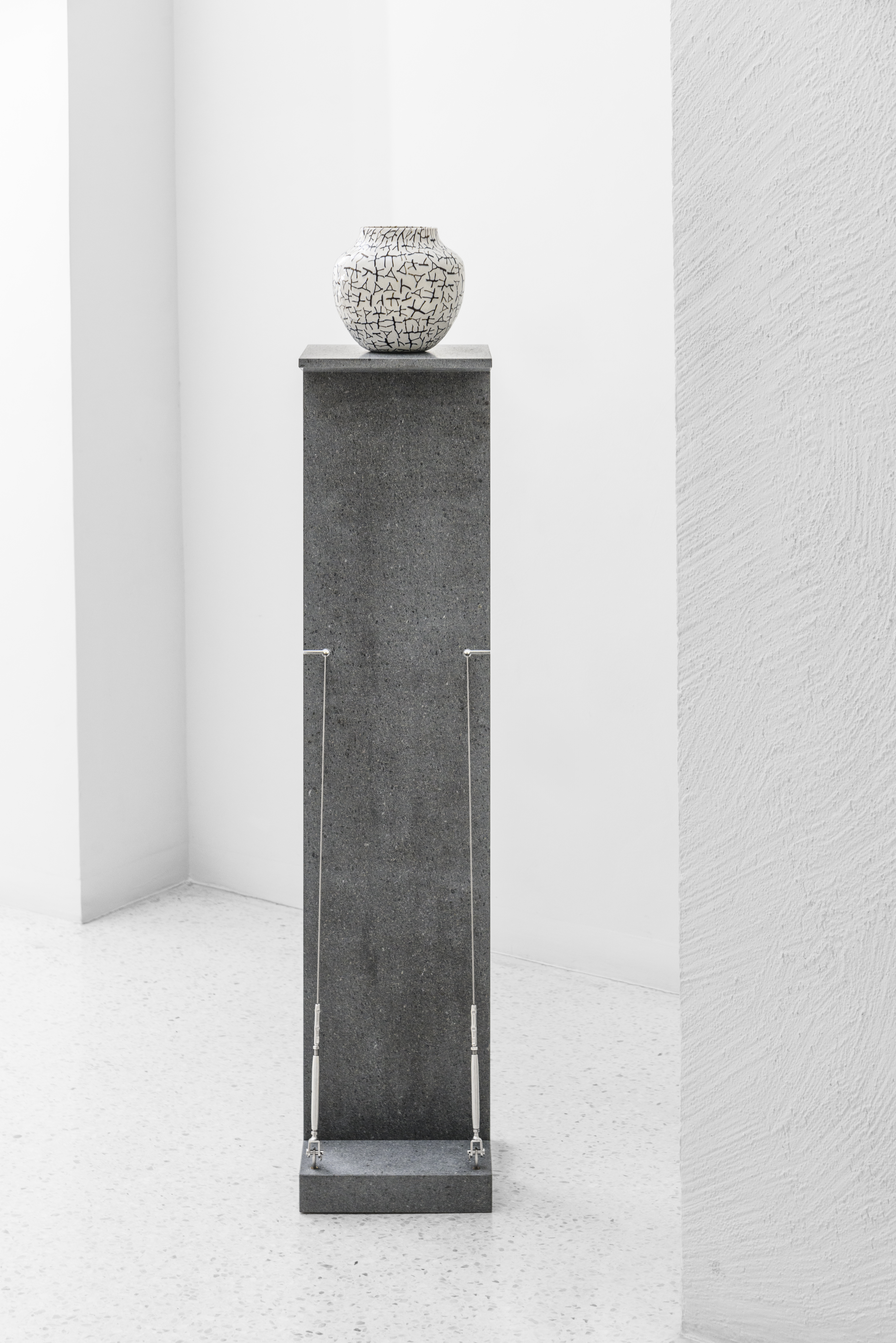
During Neoclassicism, the pedestal expressed formal balance and discipline. With the avant-garde movements of the 20th century, however, its role began to be questioned.
Artists like Marcel Duchamp and Constantin Brâncuși explored the boundary between art and context, object and support. Brâncuși, in particular, made the pedestal an integral part. The pedestal supports, elevates, and reveals.
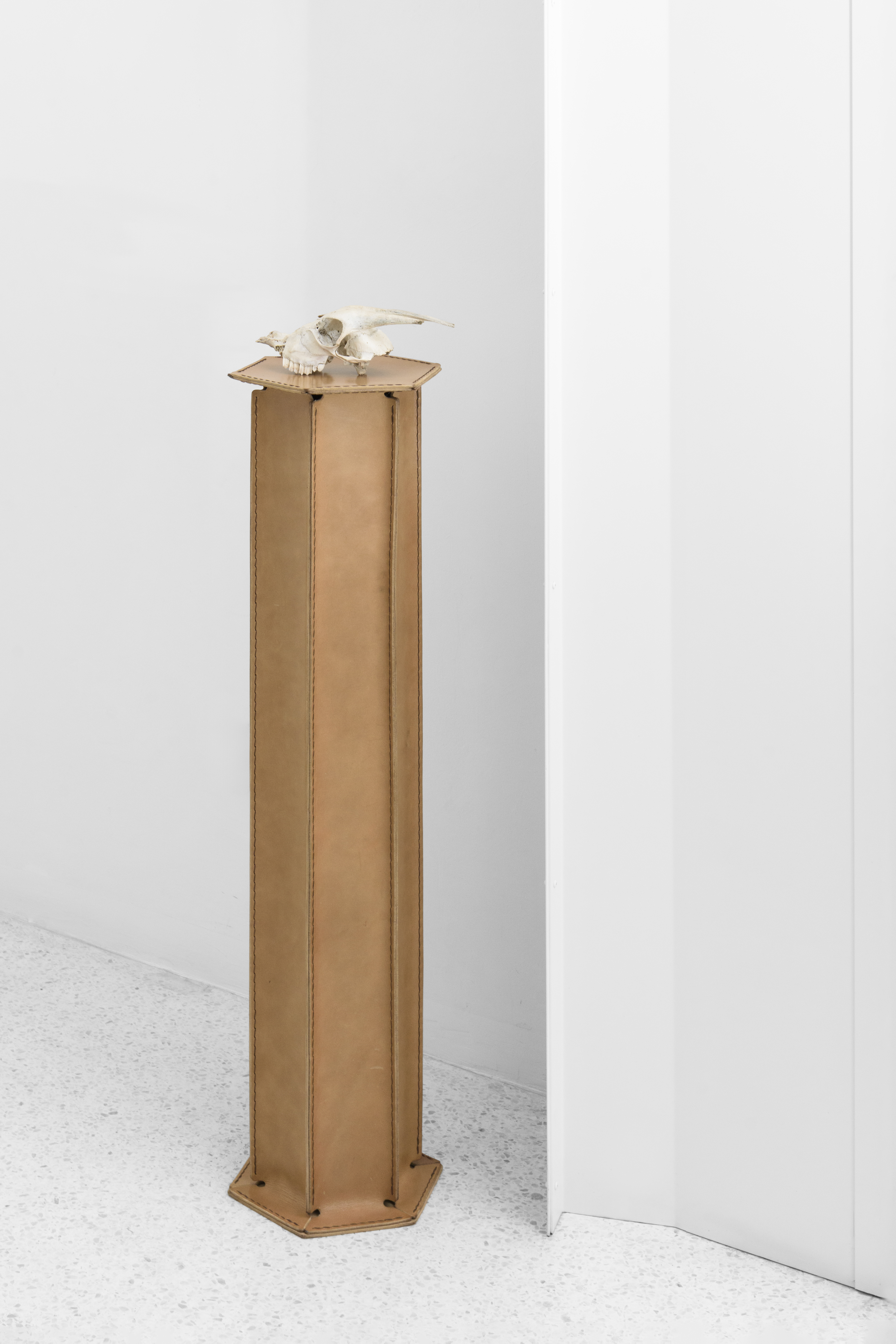
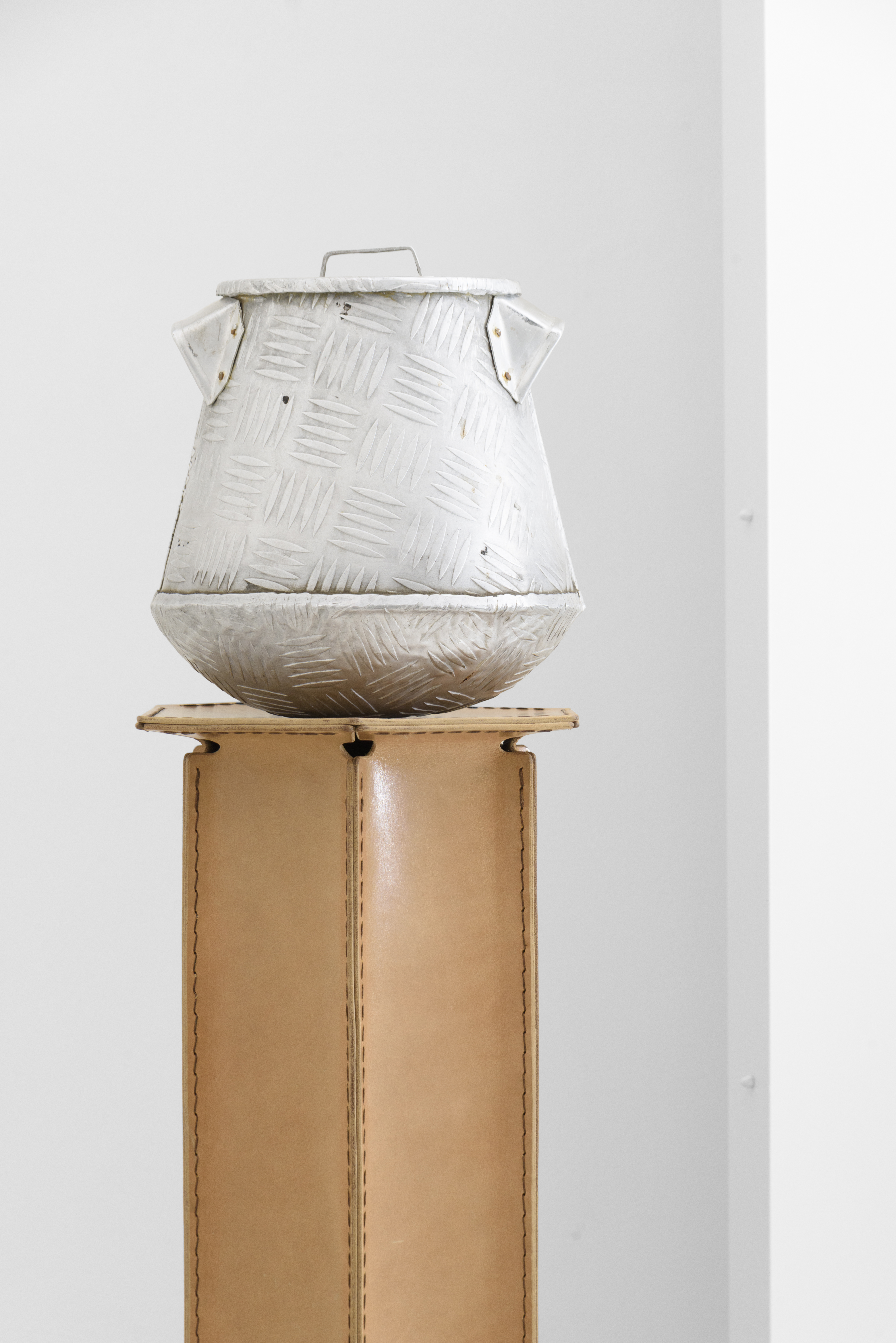
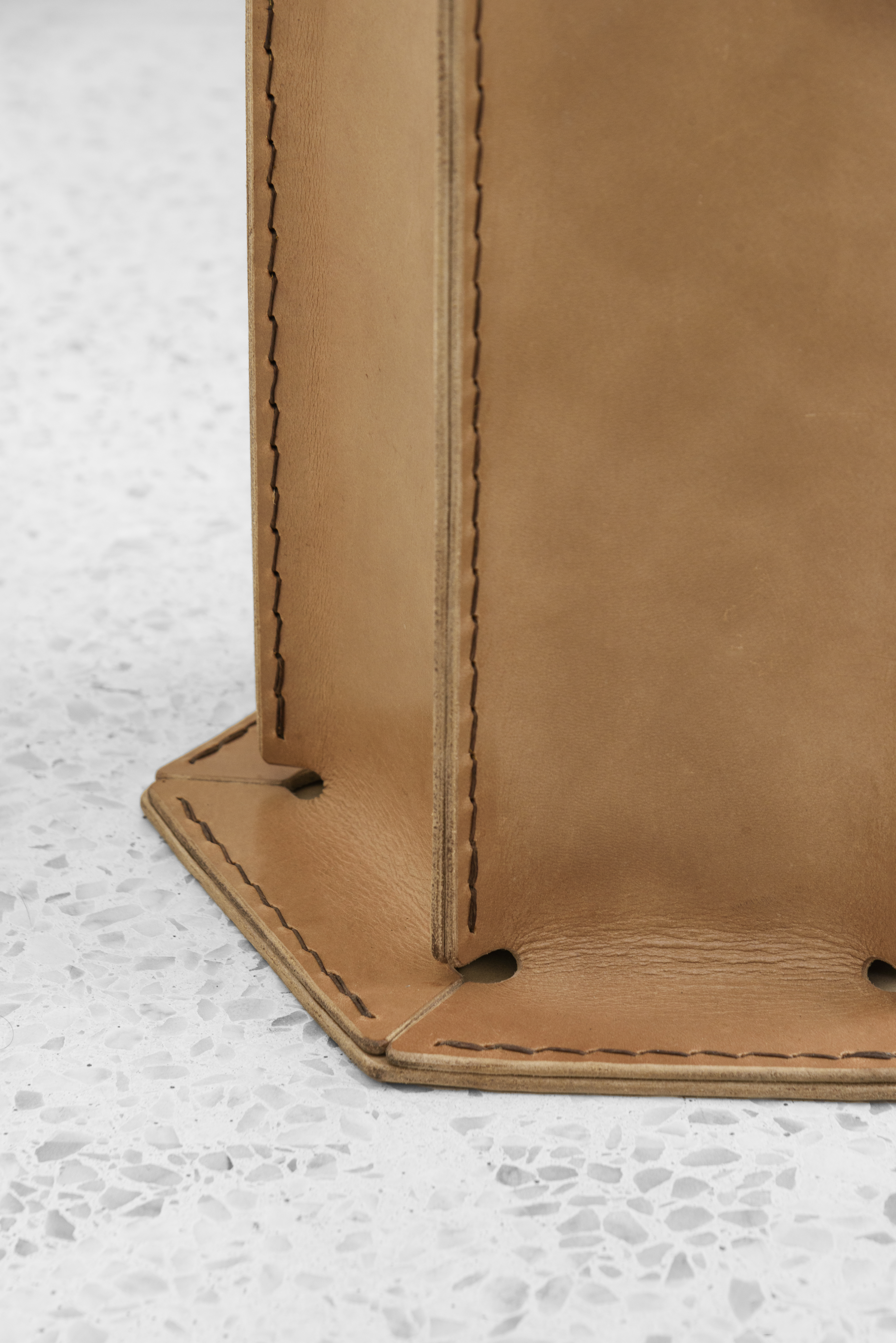
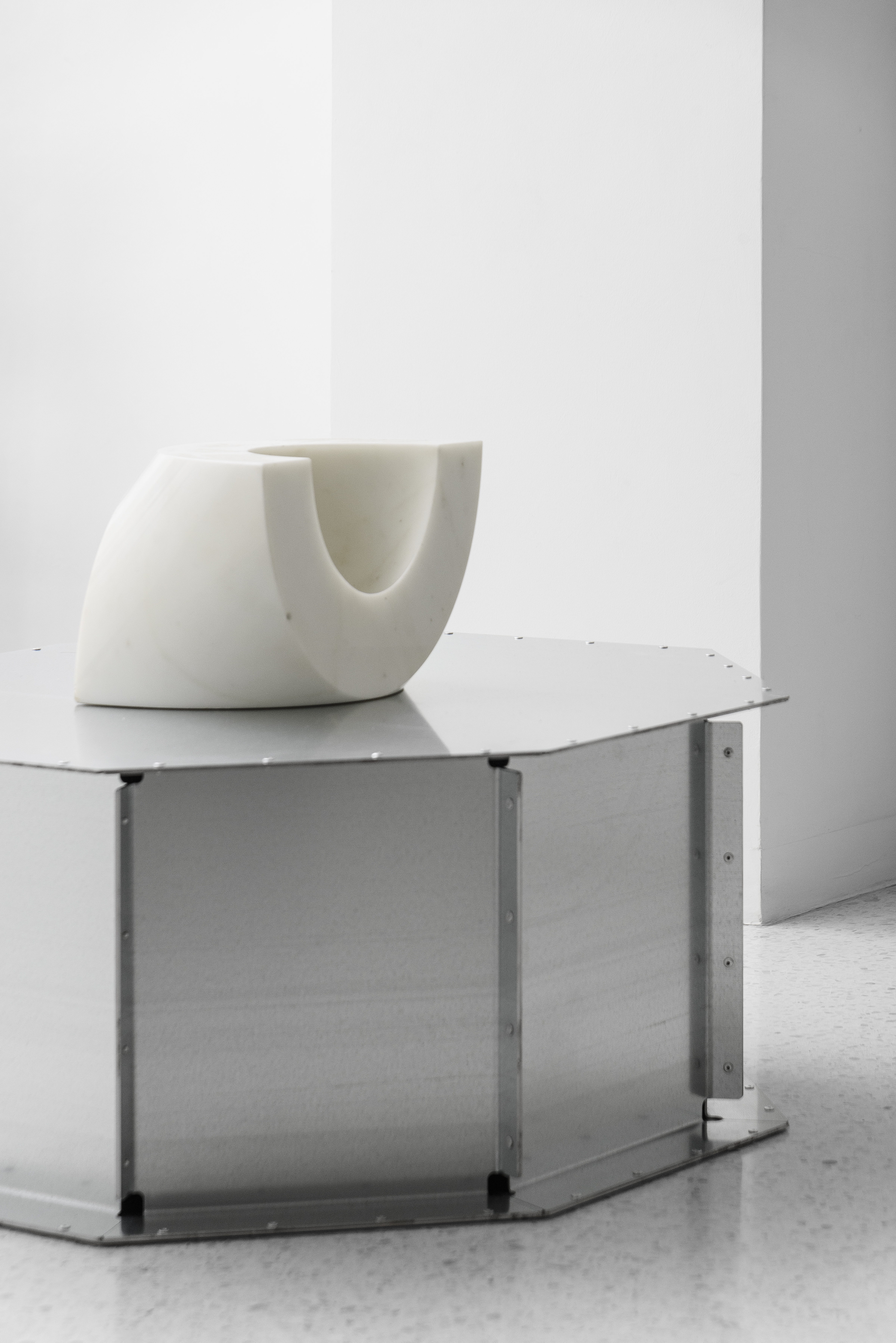
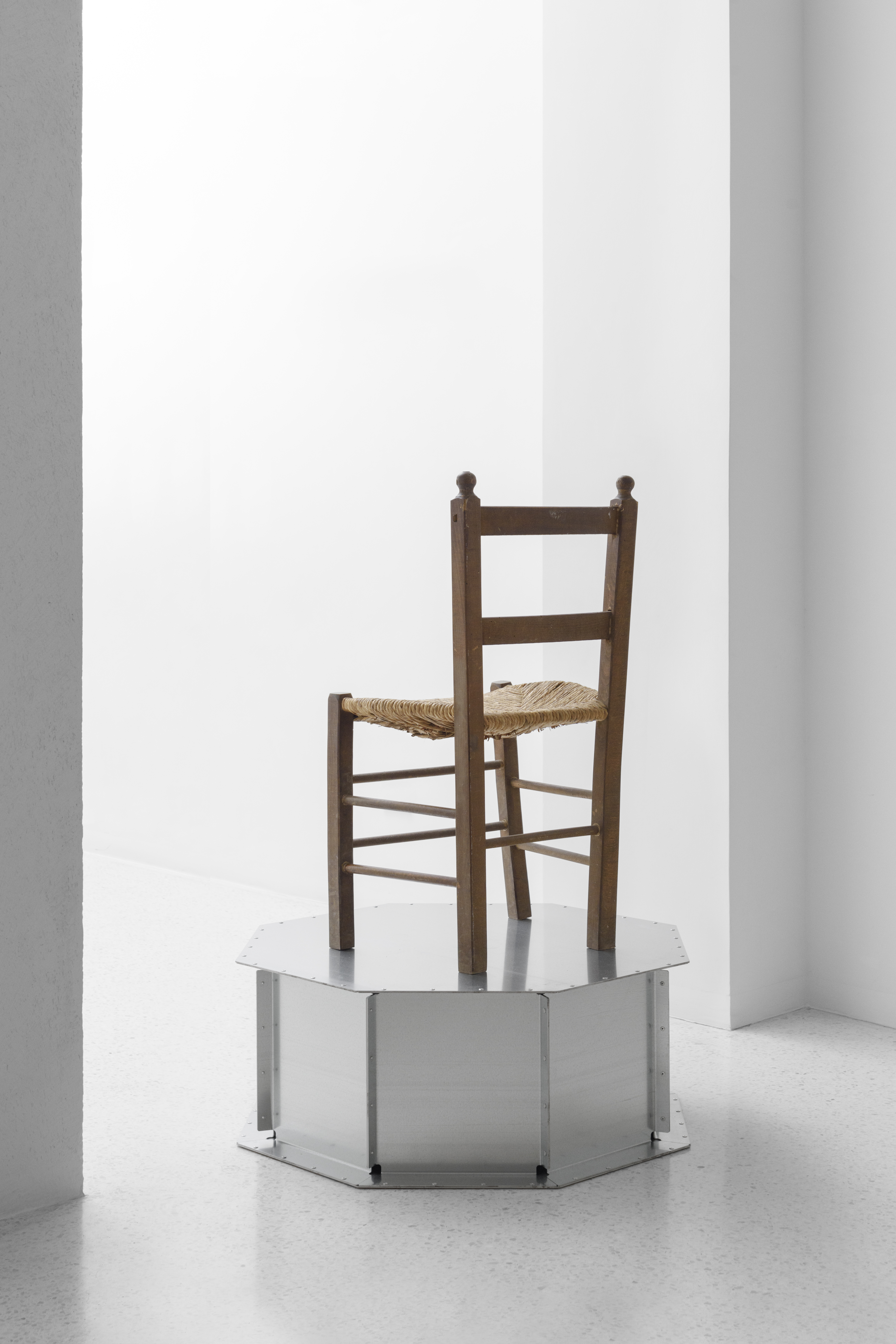
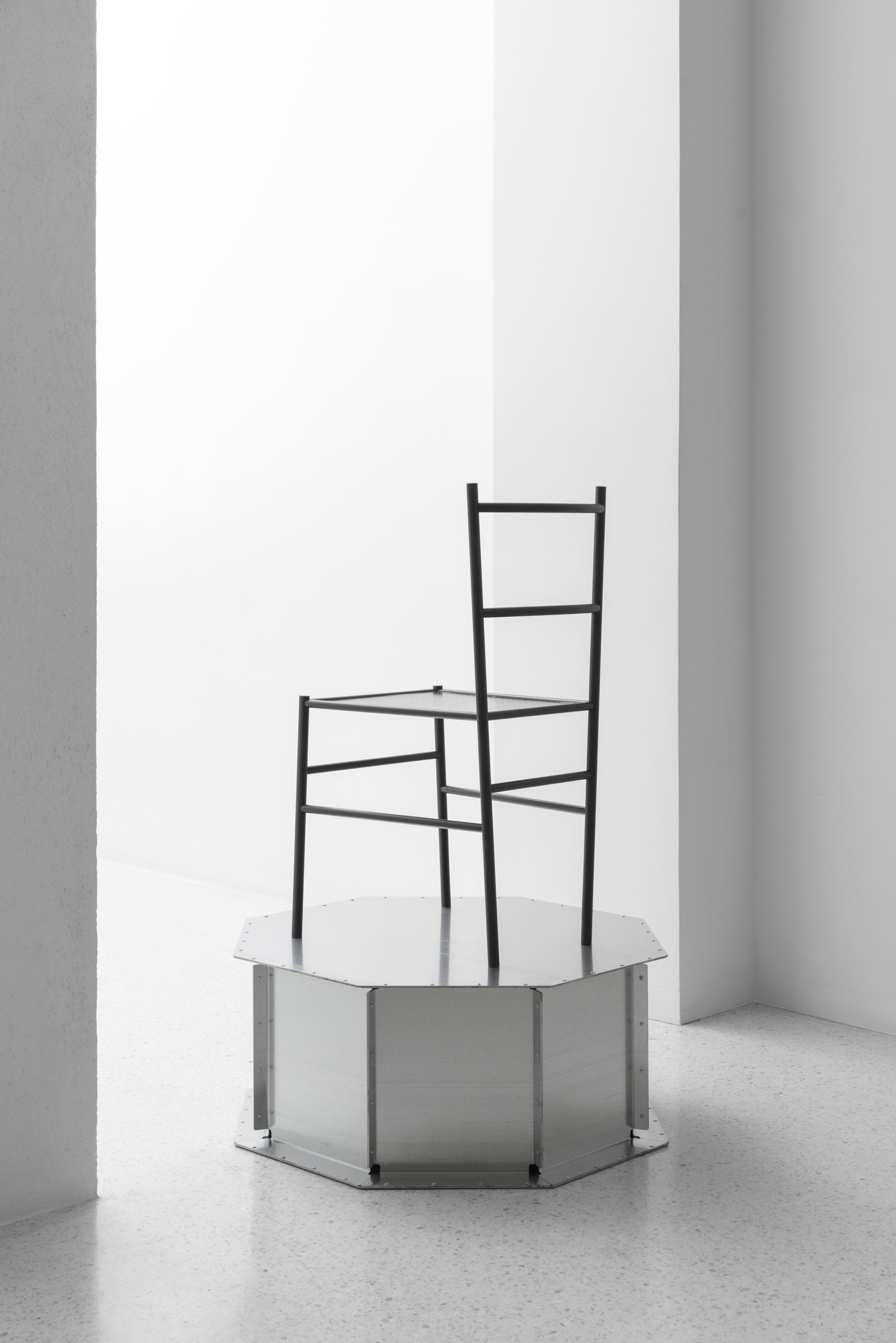
Though it often remains in the background, it acts through its form, material, height, and placement, it guides our gaze. It is never neutral. Rather, it mediates between the artwork and the world, between the artist and the viewer. It elevates and defines; it serves, yet speaks.
In the silence of the exhibition space, it is the pedestal that tells us what deserves to be seen.
Various pedestals, diverse prototypes, dinstinct gestures: each one does not simply propose a form, but suggests an action, a stance, a way of engaging.
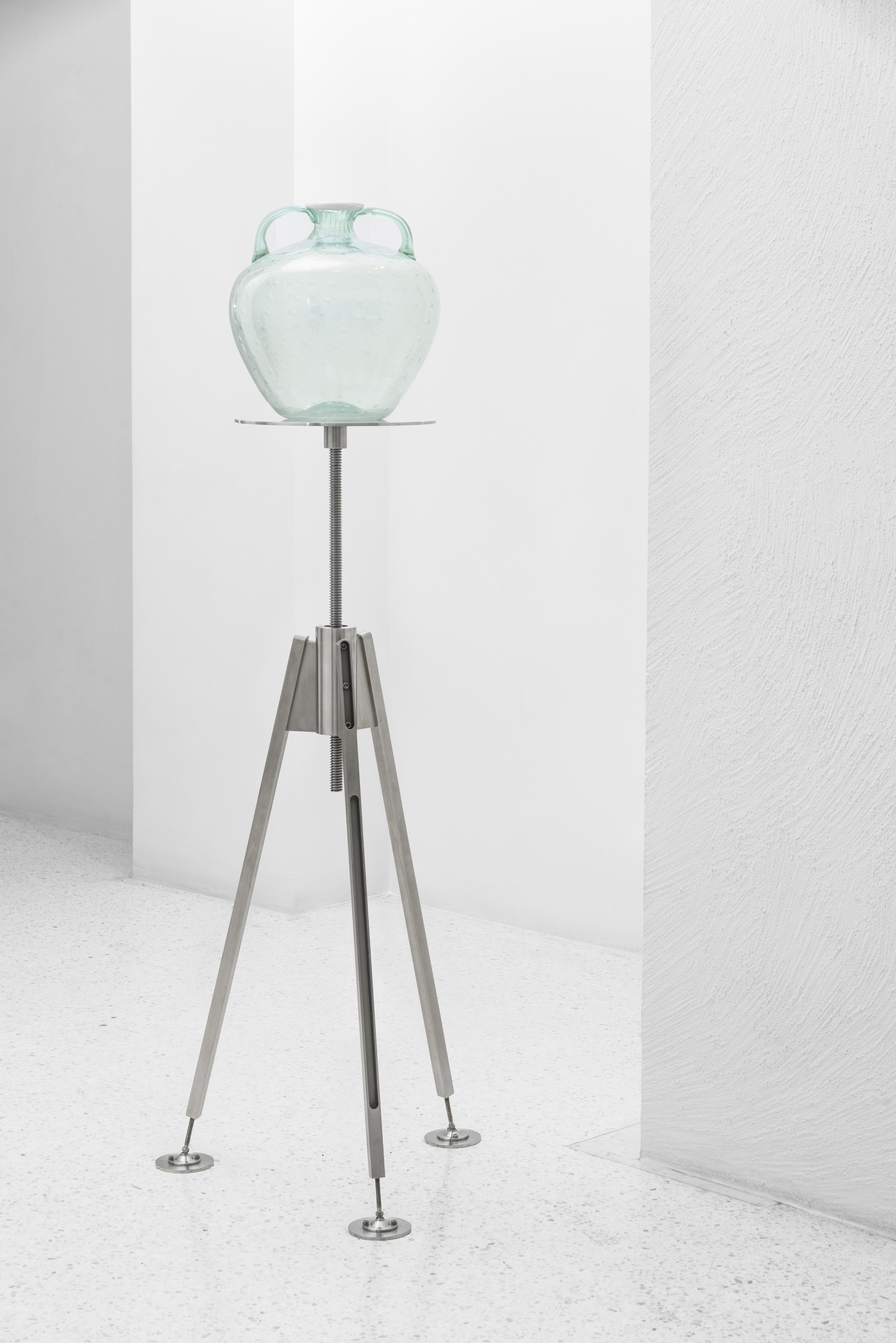
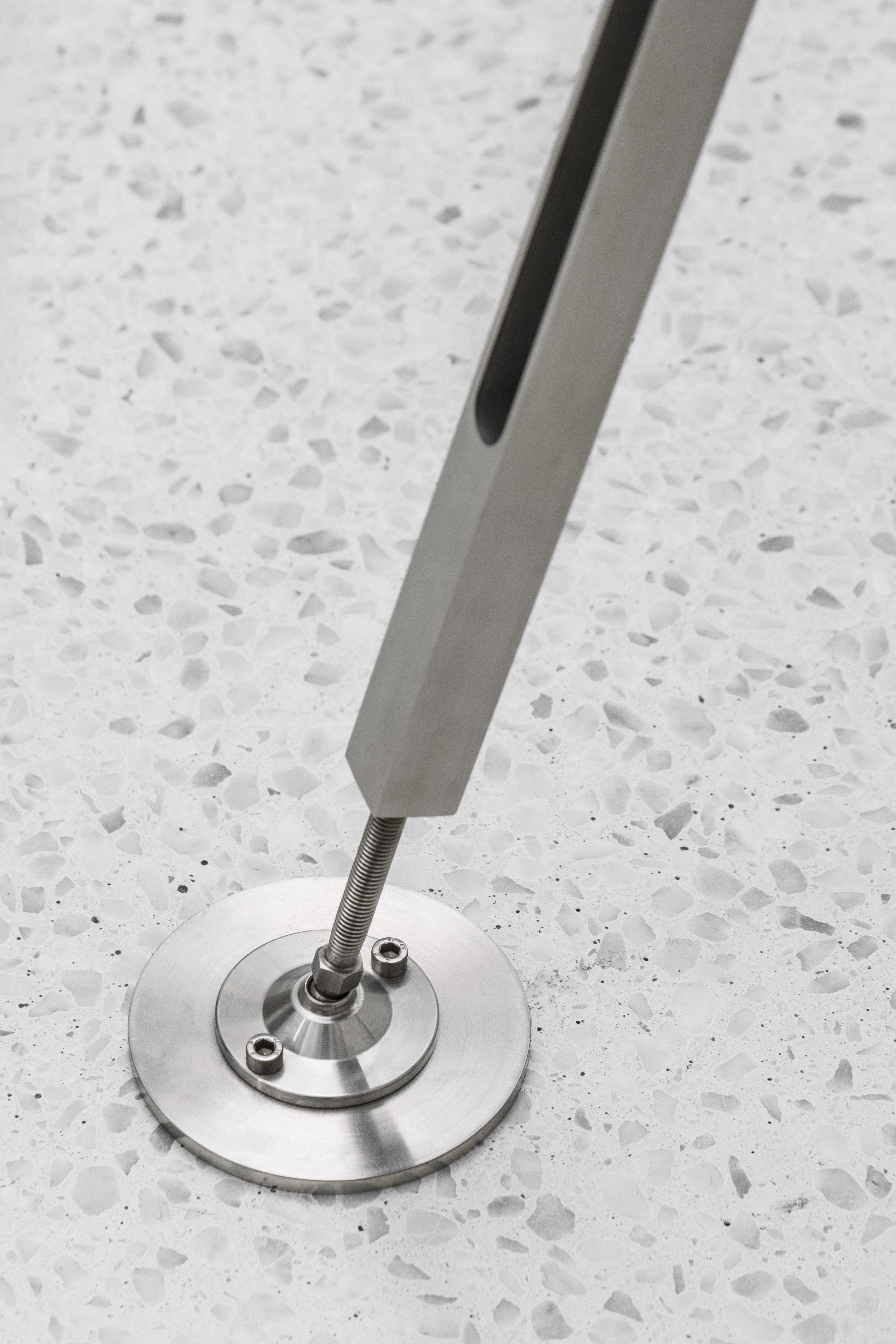
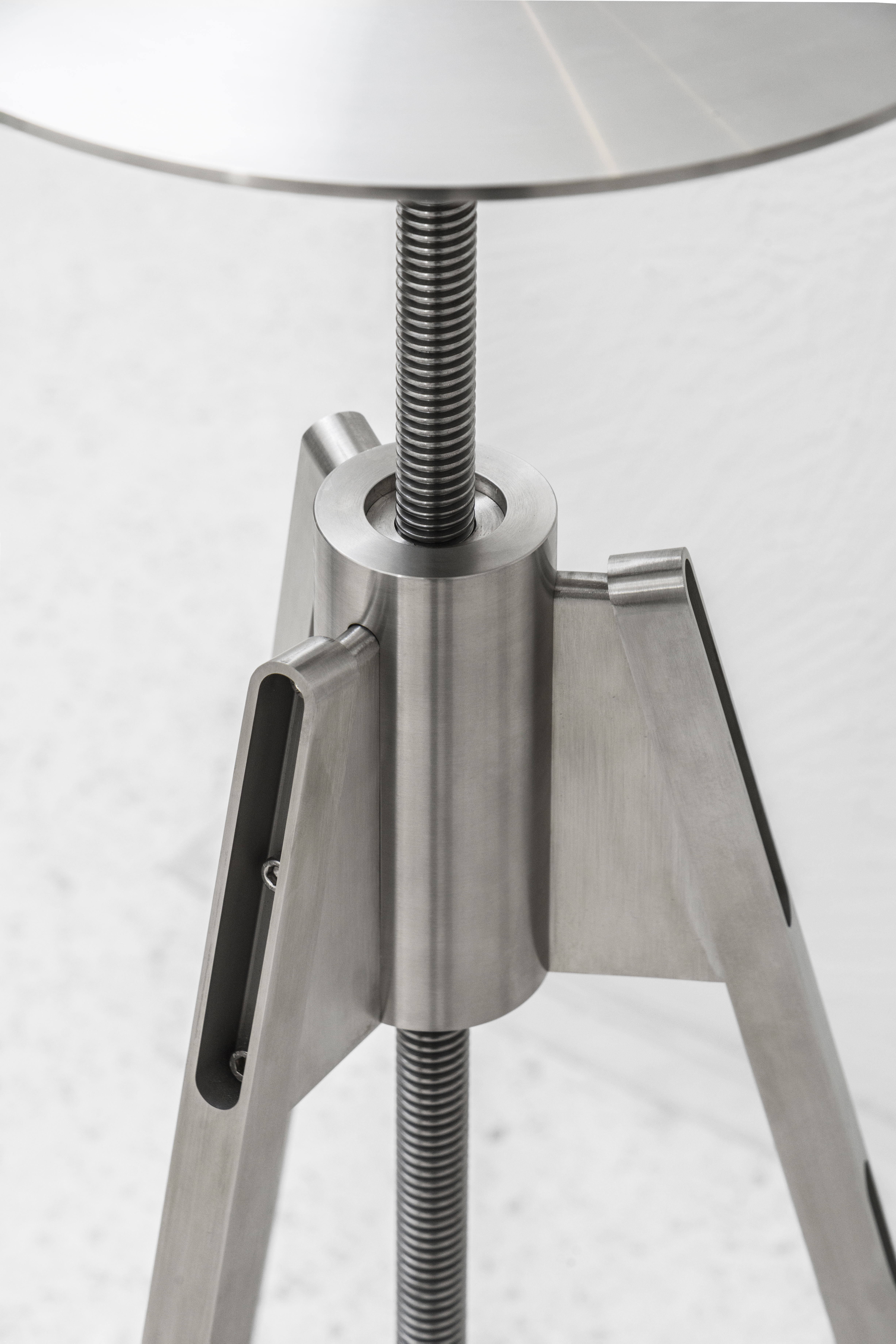
They invite us to look from below, gaze from above, to protect, to support, to isolate, to highlight.
The pedestal thus becomes a central agent—prompting movement, interaction, and reflection.
Piedistalli opens a window onto over twenty years of continuous research: a practice of experimentation and open-ended inquiry. Alongside key works from the series Assemblaggi (2000), Serial Planks (2016), and GAMeC (2021), the exhibition presents new pieces designed and produced specifically for this occasion, marking further steps in this evolving investigation.
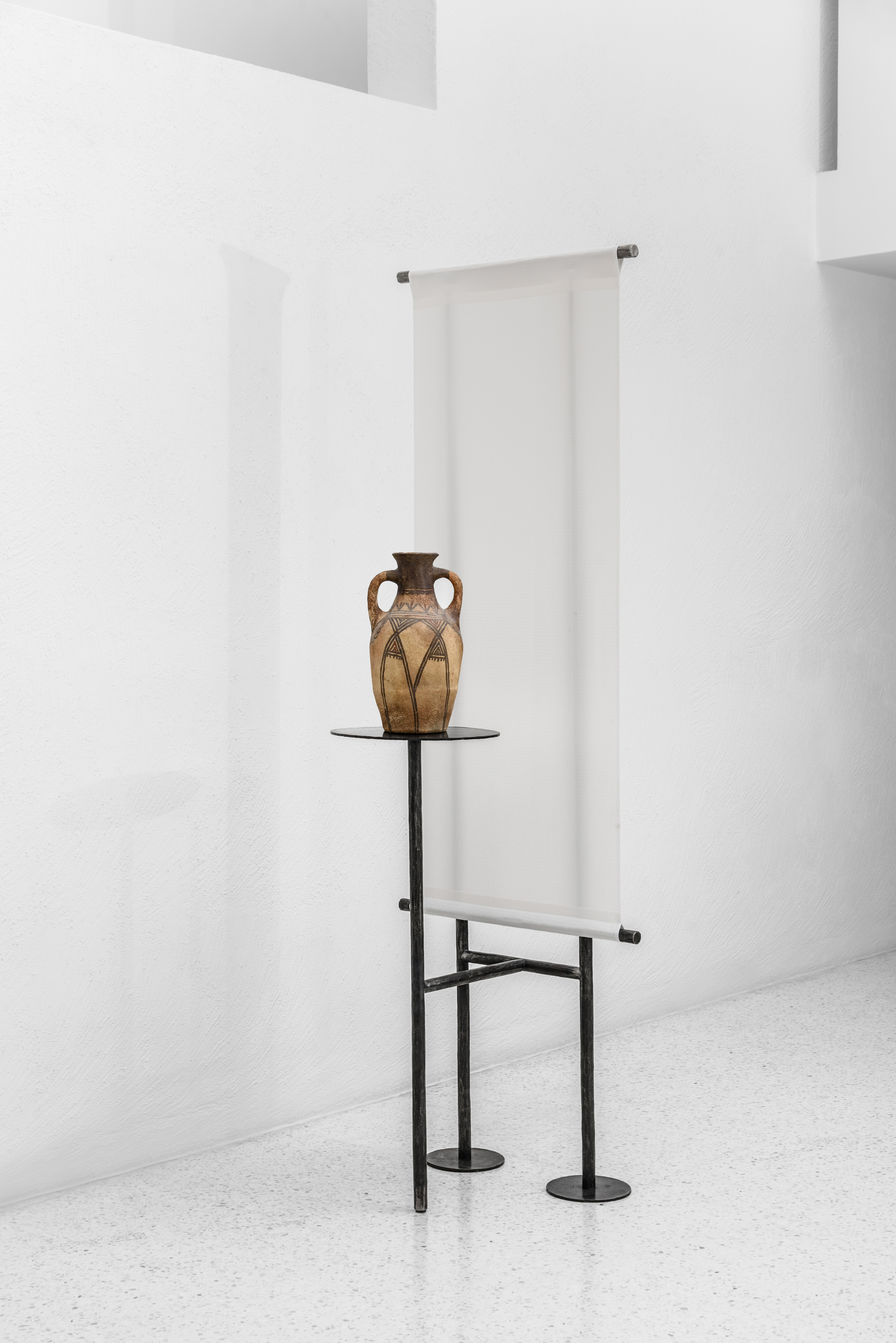
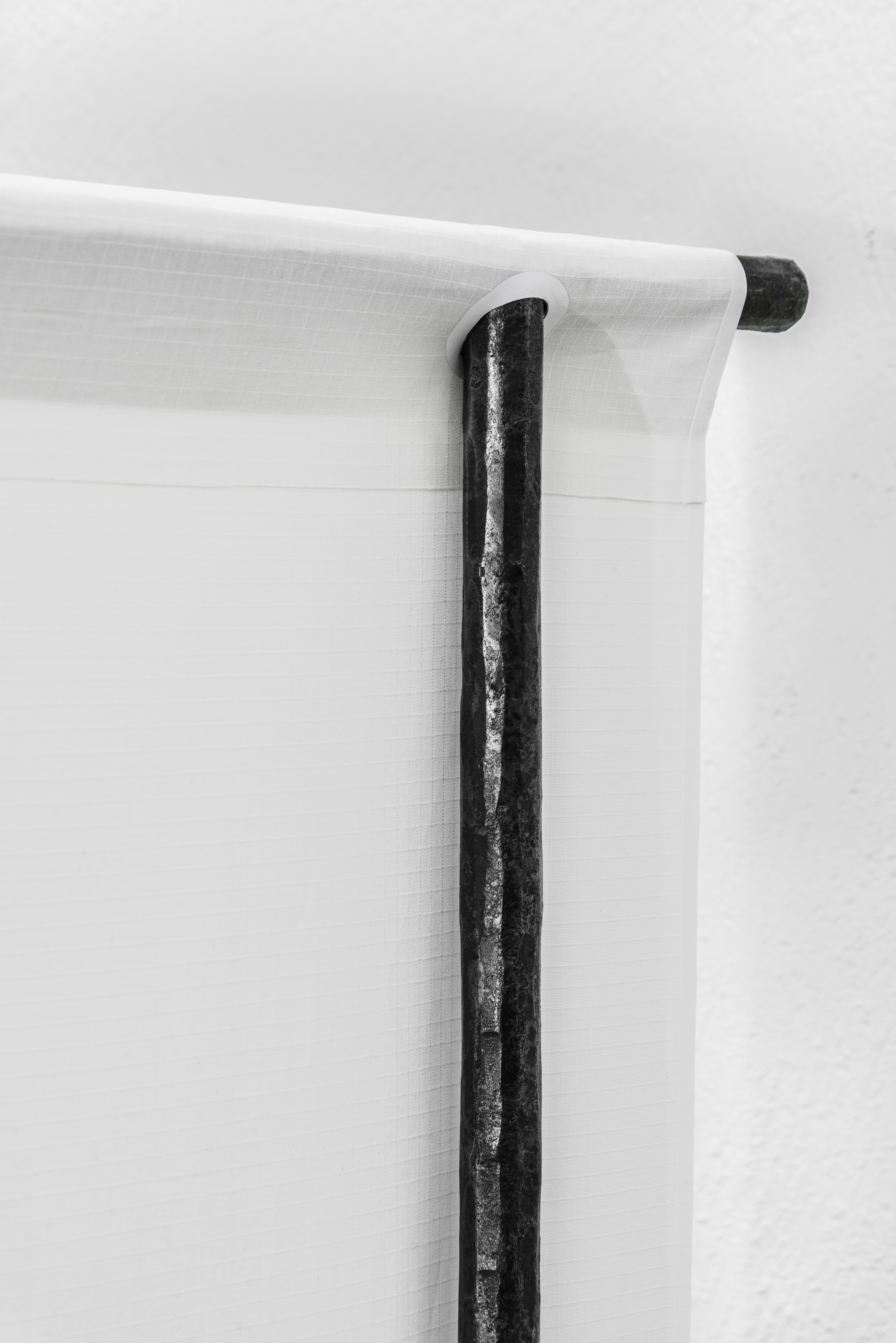
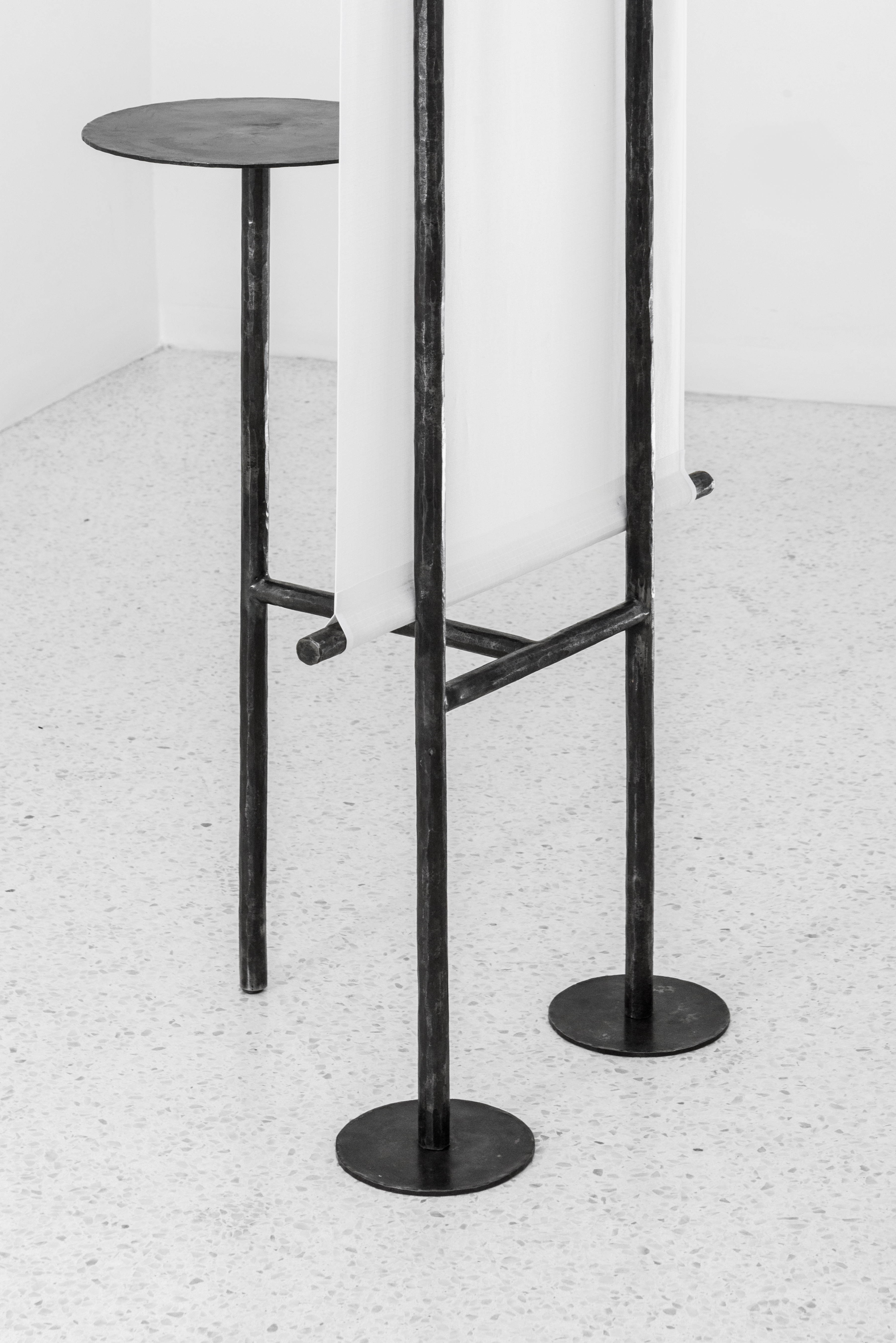
Each prototype is crafted using a variety of materials and techniques, creating a dynamic dialogue with the objects they support – sometimes through resonance, sometimes through contrast.
Wrought iron, cast aluminum, solid wood, galvanized sheet metal, Pyrex, stainless steel: each material brings its own visual identity, symbolic charge, and tactile tension.
Every pedestal is a sculpture in its own right an autonomous yet never neutral actor in the construction of meaning.
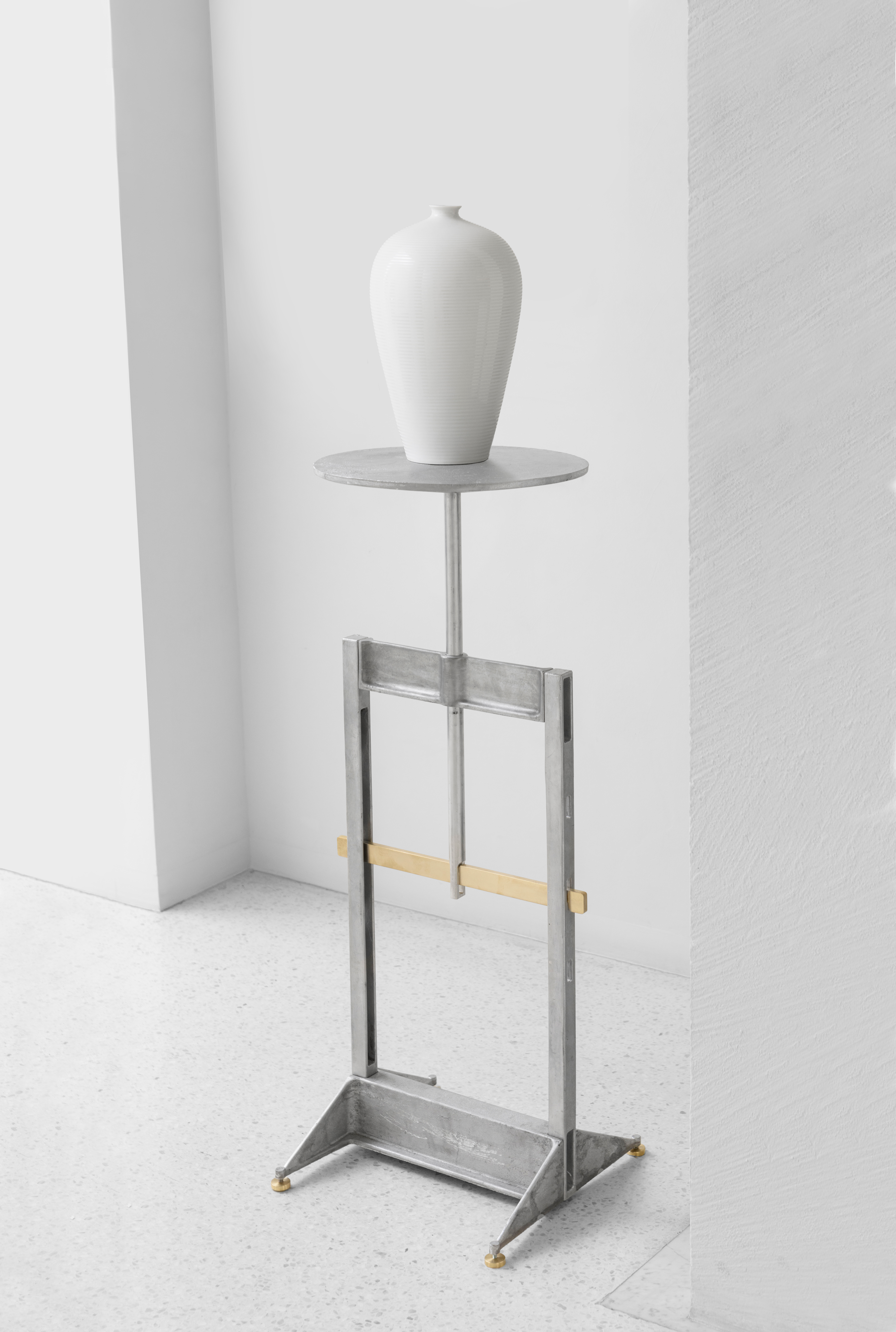

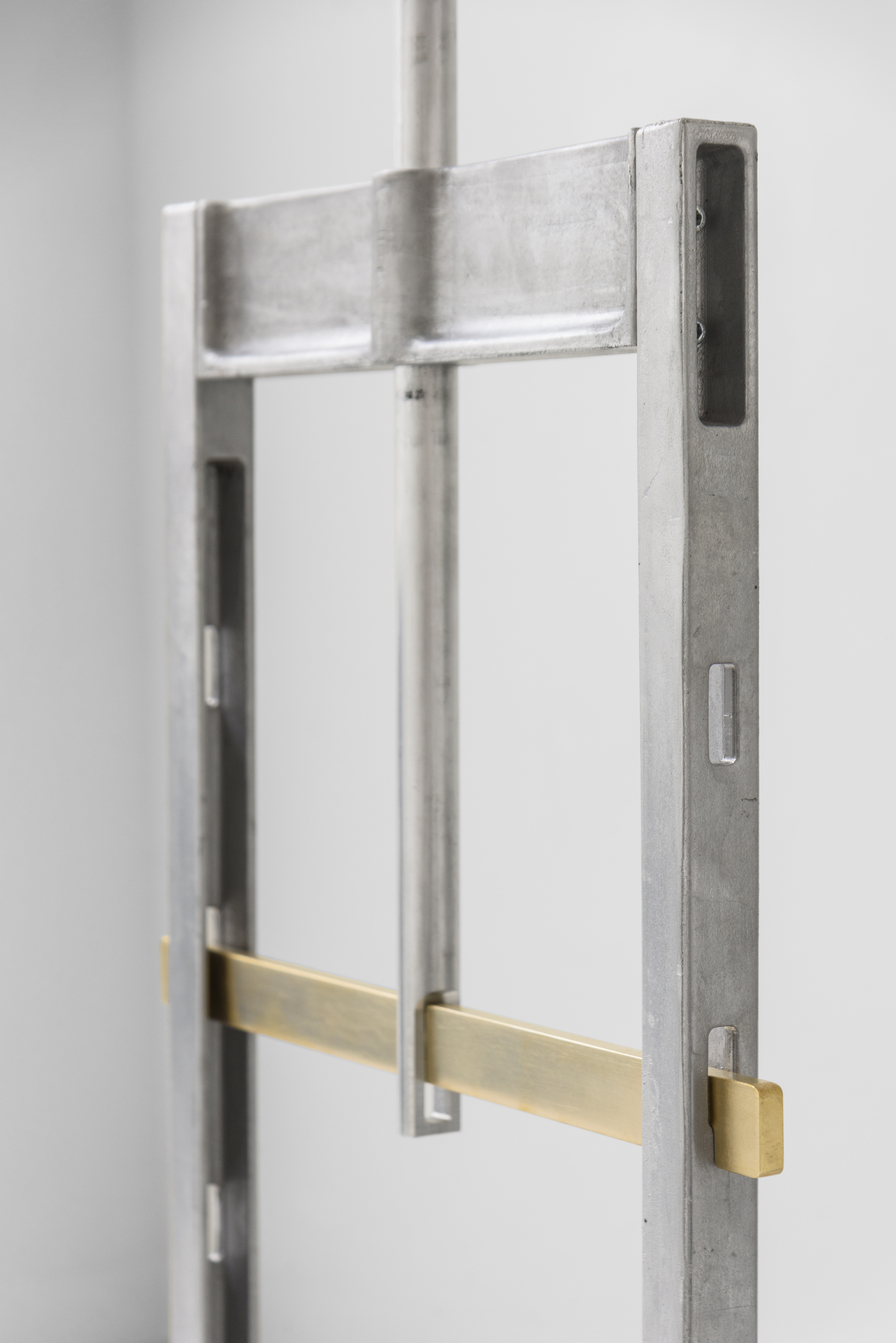
On these pedestals has been placed a selection of objects curated by Francesco Faccin himself, drawing from both his personal collection and the Giustini / Stagetti archive.
Historical works were displayed alongside “objects of travel”, primitive and spontaneous artifacts that hold strong symbolic significance for the designer.
The exhibition invites us to reconsider the pedestal not as a passive base, but as a symbolic threshold: the precise point where an object becomes art, and where our gaze begins to shift.
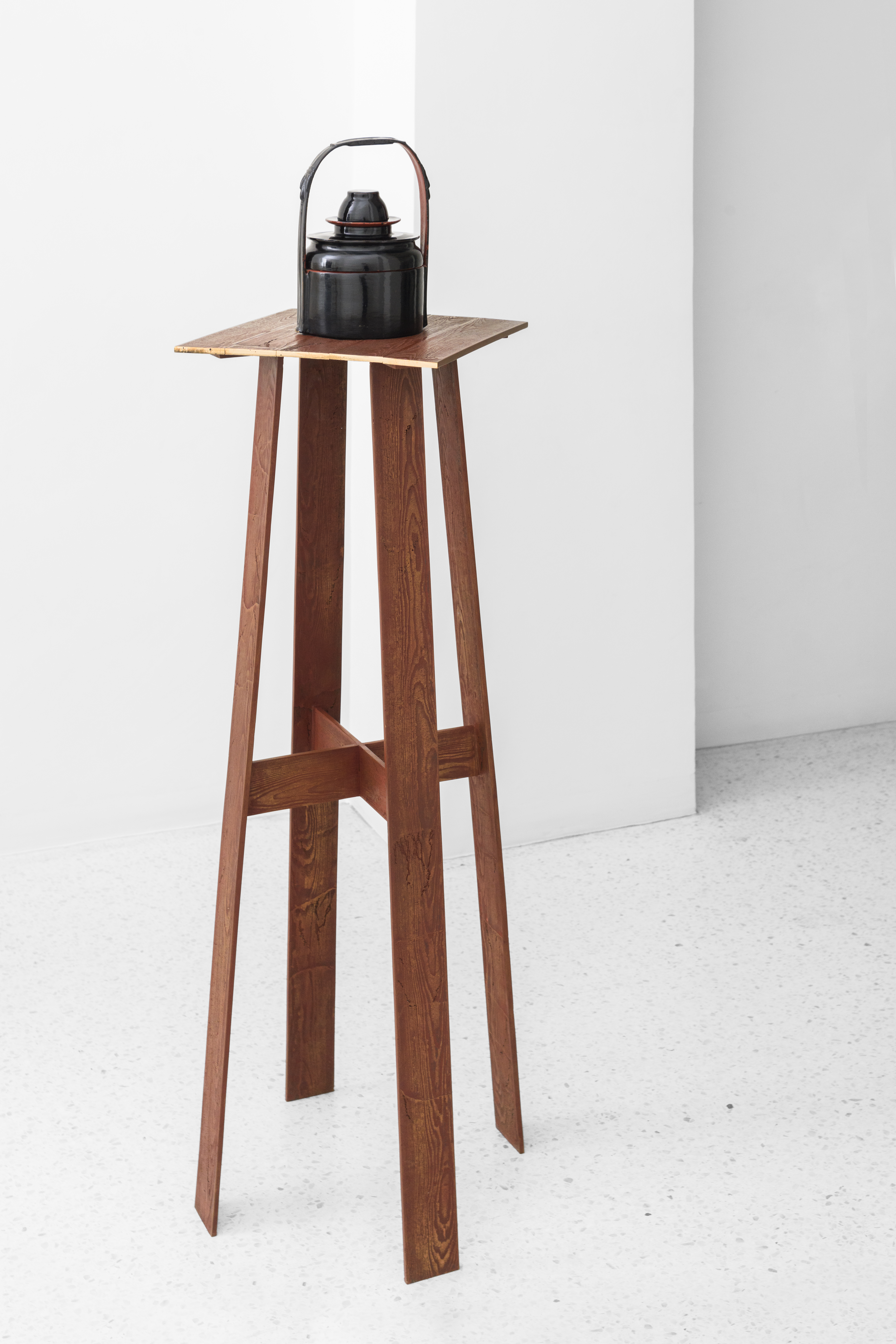
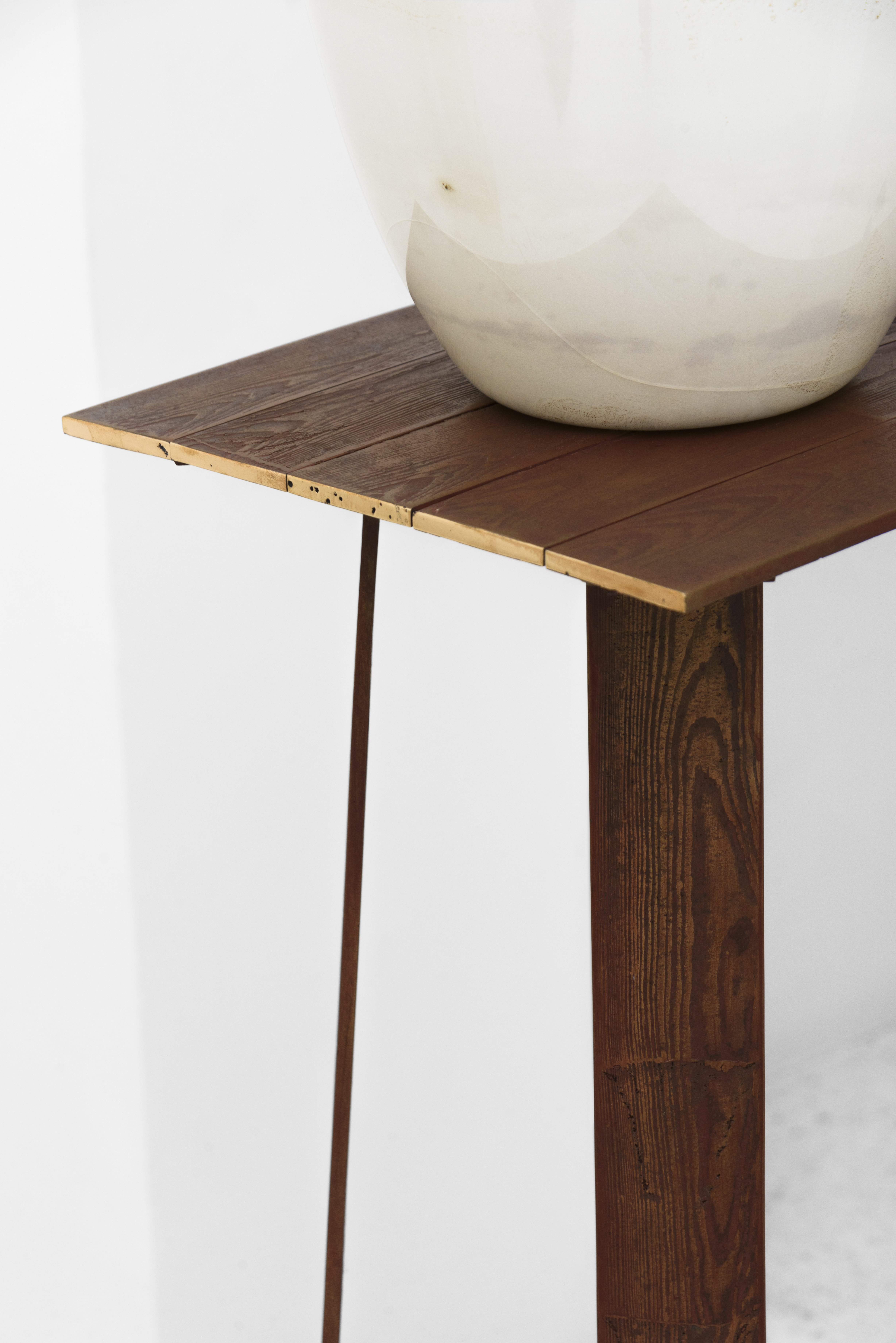
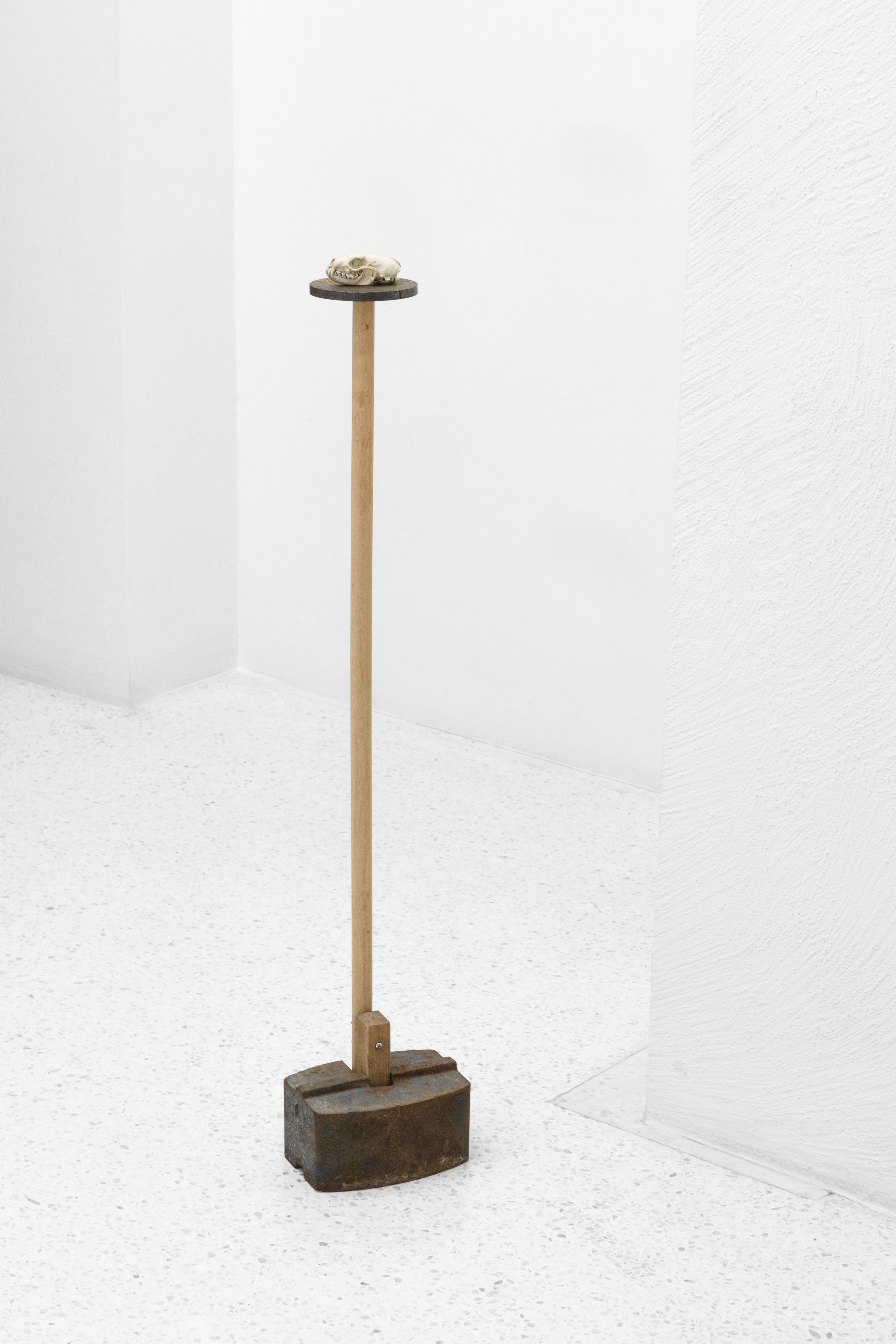

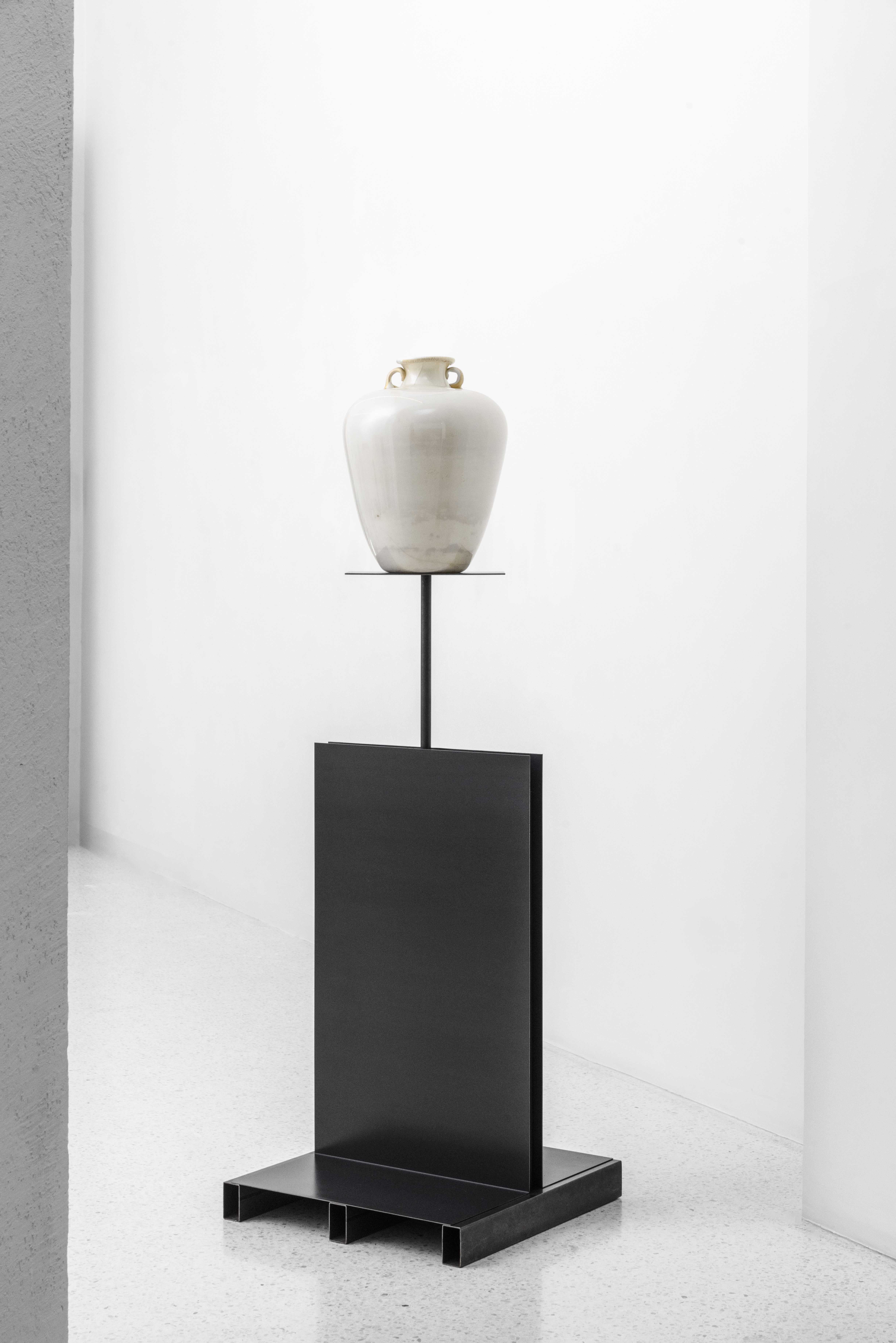
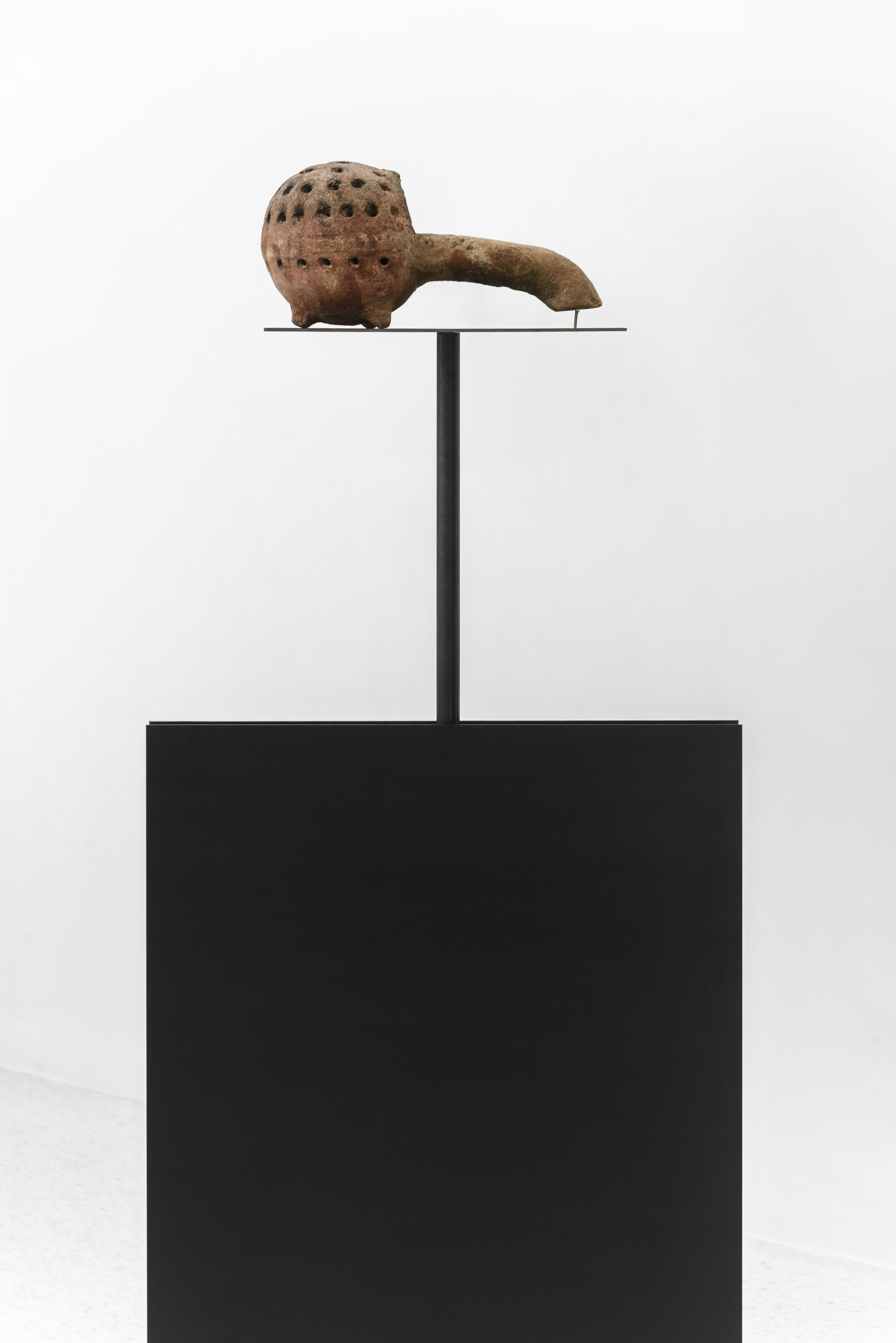
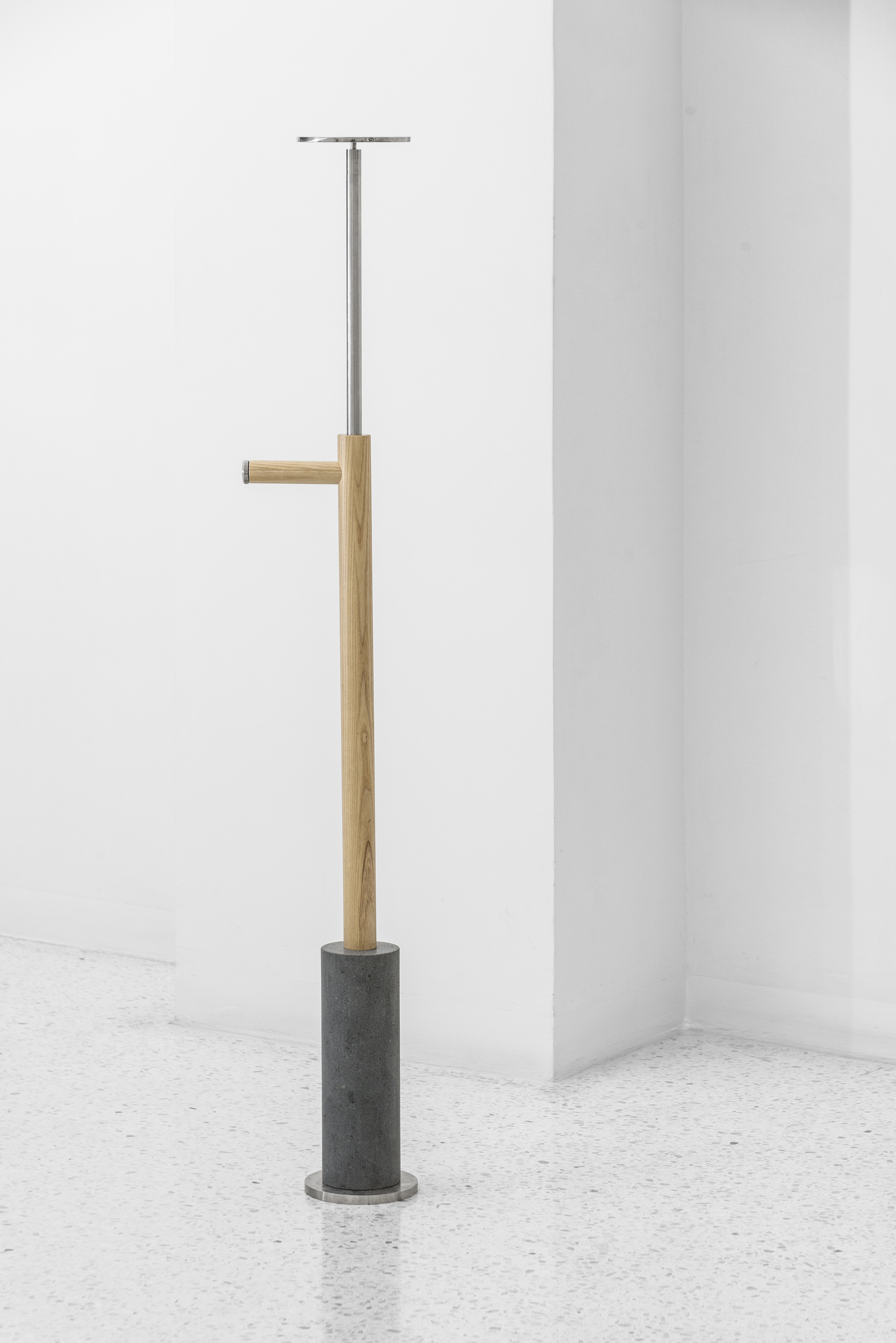
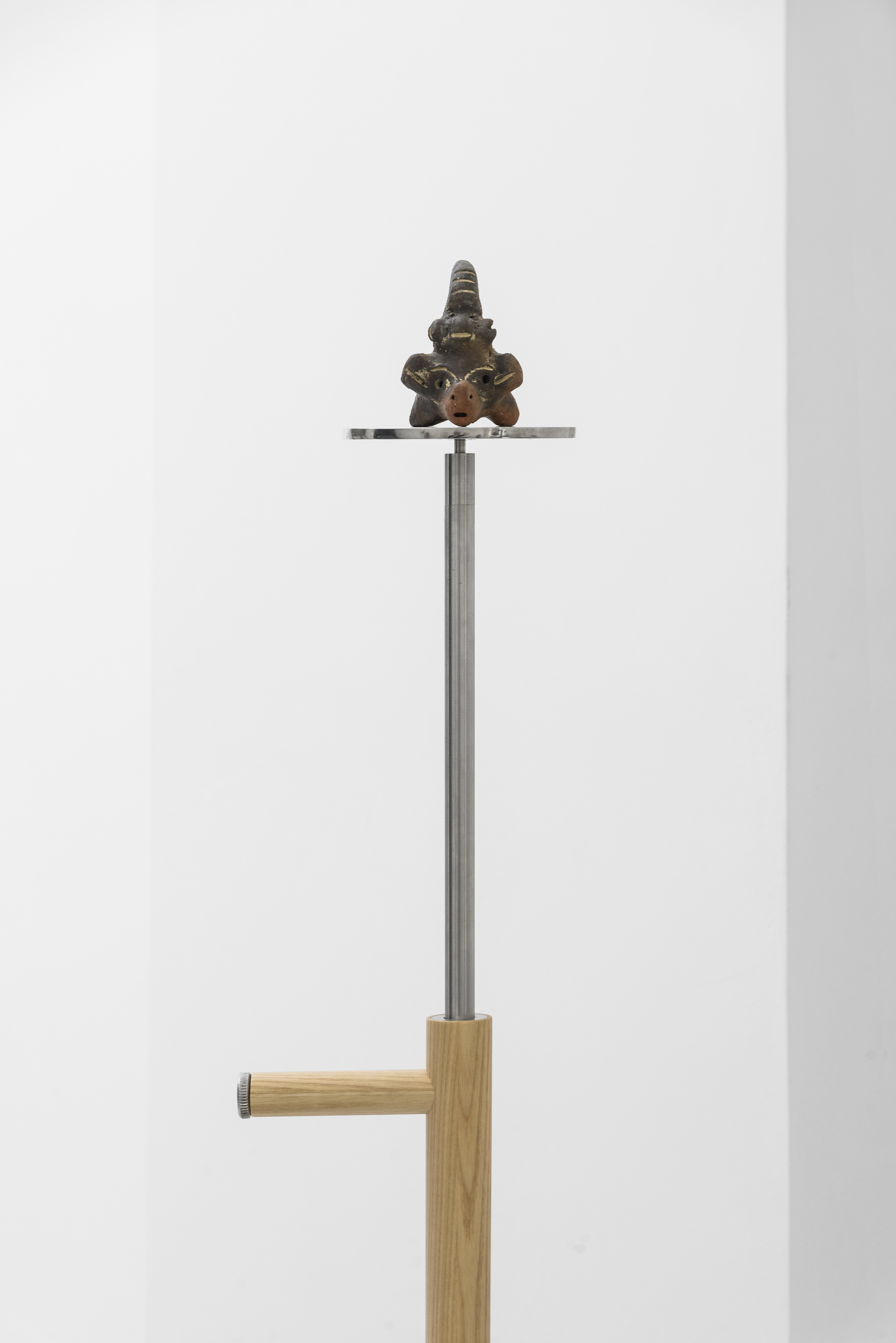
“Giving voice to the silent servant” is, in this sense, an invitation to revalue what usually goes unnoticed—to dismantle visual and conceptual hierarchies that govern not only the exhibition space, but perhaps the social order as well. It is an act of listening to what usually remains silent.
A celebration of what is marginal—and is brought to the center.
Project Leader: Alberto Manca
Ph. Credits: Omar Golli
